|
Something different about this field season is that my focus for data collection is grown up chimps and adolescents, rather than the infants and juveniles. At first, that felt like it would be a very difficult change for me because I would miss the babies so much--- until I realized that I have been doing this long enough for that first cohort of kiddos in my dissertation work to graduate into adolescence and even adulthood. After that I just felt old for a minute. It was a roller coaster. Gola is one of these graduate females. She was just a toddler when first met her during my pilot season- a tiny little ball of chimp fluff, and she was under the weather and very pouty that day. As she felt better that summer, and over subsequent seasons of data collection I watched Gola grow, her playful personality out-pacing her stature. She became one of my best-photographed chimps- and I still haven't captured a better portrait then that very first image of Gola. Between ending one project and starting this new one I crossed all my toes and fingers that I could make it back before she immigrated. Then, just before I reached the field station, we got word that she had come out of her night nest with her own tiny baby! Now, this is a rare treat for someone like me who studies chimpanzees because most of the time, adolescent females leave their natal groups and join a new group to reproduce. In fact, we’ve gained two such immigrant subadult females this year! Because it is so rare, we don’t have a very solid handle on why it happens (but see this reference about dispersal at Gombe). In this case, it’s possible that Gola stuck around because her high-ranking mother, who recently died, left behind a good core area that Gola could slip right into instead of taking the risk of establishing herself in a new group- but keep in mind that that’s just one hypothesis. Regardless of why she stayed, the fact that she did gives us the rare opportunity to follow a female chimpanzee and record their behavior from infancy through adulthood. I find it especially exciting because now I get the chance to watch how she is as a mother after watching her own mother raise her. How will her style compare to her mother’s? Will her personality change through this big life change? Stay tuned as we learn and observe more, but for now, enjoy these images of Gola and Ginger.
0 Comments
Back to the field, a bit older, carrying a bit more knowledge and some new titles, bringing some greetings and supplies toward my second home in forest. Things here are the same, but different too: the forest trails I've learned so well, with some elephant-made alterations. Many of those same old chimps I’ve loved since 2013, but with some of my favorite faces gone, and some ones faces I can’t wait to learn. Plus a new alpha that I'm trying to come to terms with... he's really not my favorite. The same field team I’ve worked with for years, but they’ve all grown and added to their families, too. And we've added some new friends and colleagues at another site! I’m full of the hope in new-ness that comes with an American spring or a Ugandan rainy season: fresh beginnings in a familiar place. This season I’ll be taking new data, following new focals, thinking about new and different questions and challenges- but it’s all still rooted in understanding where we came from and how we came to be that way. I’ll be more focused on the adults than I have before, but don’t worry, I’m not abandoning the chimp babies. I promise, as always, to spam your timelines with chimpanzee baby pictures as often as possible while I’m here. Same forest, same chimps, but new questions and new methods (and a few new chimps, too). As any developmentally-minded biologist might do, I’ve been ruminating on how my blog has shifted and changed over the years, as I’ve learned and experienced more. At the start of it, my only goal was to write things down in one place to relieve the pressure of individually emailing everyone I knew. Over the years I’ve continued recording those stories as they happen, and added some more experimentation with more informal ways of communicating science. My aim this time is to do a bit of the same, but to do it differently with more intention and an eye on the bigger picture. I hope that this space can grow into a new purpose this year- one for people I was ten or fifteen years ago aching to find their way into this field and in need of a take-off point. Something like field advice and how-to columns, plus a post here or there helping to put our research and publications into context, and, of course, updates on some of the chimps that I’ve featured through the years on this blog (sneak peak: at least one more of my original study juveniles has had a baby in the community!).
The hardest lesson I’ve learned from my November 2017 concussion is how to forgive myself for failing. You might think that I should already be really good at this because I'm a graduate student and scientist- so I get rejections all the time! But it's different when you're failing yourself as opposed to some outside outcome that you have little to no control over. I can barely count the target dates that I've missed for being unable to think straight. I drafted this piece in March as my brain was inching closer toward to nearly full operational capacity. Around that time, I also finally became able to focus on my “real” dissertation work at a semi-normal pace again. By then I was so behind (I’m still behind) that my triage list couldn’t possibly fit something as “silly” as attention to my blog. I have been feeling guilty for not having edited and posted it ever since. When I was finally ready to post, I hit an insurmountable wall of technical difficulties in the field (including Weebly not letting me edit my site from Uganda). Then, suddenly, it was conference time (more on that later). Pre-concussion Kris would have just given up and scrapped this whole piece. It’s so much later than my self-imposed deadline that I might as well chuck it out because no one will read it anyway. And then there is that other little nag that no one wants to read a downer blog focussed on the difficulties of my life. But this weekend, as I bathe in a different forest, I’m forgiving myself and banishing imposter syndrome. This is my story and I feel better when I write it. Maybe someone will feel better when I share it. So I’m posting this piece late, at concussion pace. 03 Mar 2018 I realized just now, after starting this post and deleting it for the thousandth time, that today is just about the 10th anniversary of my first concussion. Ten years ago, about two weeks before spring break and my 21st birthday, I blocked a direct shot on goal with my face during an indoor soccer match. I don’t know if I lost consciousness, I don’t think I did, but I also can’t remember anyone no asking or checking. The situation was complicated by the fact that I was just playing with some people that I was friendly with, but not a close friend of. If I’m honest, they were a bunch of Cool Kids who recruited me mostly because they needed an extra girl to field their co-ed team and I knew one of the guys from high school. I’d embarrassed myself terribly in front of these guys before, and I was so concerned about whether I had embarrassed myself again that I couldn’t really cope with anything else. So I limped away, got myself home, and convinced myself it was no big deal, I was just being a wuss and needed to shake it off. I was too ashamed to seek help at first. About three days later, I stared at my computer through tears in devastating frustration for the umpteenth hour trying to write a midterm essay for the toughest undergraduate course I ever took. Even though I had outlined the essay in detail, I couldn’t remember what the hell I was trying to say three words ago, let alone the points I had planned to make three days ago. I couldn’t finish any of the sentences. For the first time in this nerd’s life, my brain, the only thing I could always count on, had abandoned me. My tears were part confusion, part frustration, and part terror that my brain might never come back online. When I finally got to student health the next day, they prescribed me rest and extensions on all my midterms. The latter part did nothing but increase my stress about them and, consequently, inhibit the resting bit. They told me no booze for at least two weeks and no soccer either. Then they sent me back up to my dorm to pack my bags for break. I don’t remember that they requested any follow-ups, but anyway there weren’t any. Despite the direct hit to my face and the force that pulsed through my brain with it, that concussion was milder than this one. I was tired and my brain was muddled for the first week or so but I was back to normal by the end of the second week. I wrote my midterms while on spring break in Orlando between Jurassic Park and Animal Kingdom. I turned 21 and drank a bit earlier than I should have but it didn’t seem to have too bad an effect. At that age, it felt easy to bounce back from anything. Back then, ten years ago, we knew surprisingly little about concussions, especially compared to what we’ve learned about them since. We’ve known that concussions have obvious detrimental short-term effects but we’ve learned that repeated(?) concussions have more confusing and difficult to recognize long-term effects. We’ve learned that concussions require multiple check-ins, follow-up appointments, continuous monitoring- at least for the professional male American football players and maybe for the younger men and boys who play football too. Non-professional athletes with subpar insurance, however, are far less likely to get such devoted treatment. Even this time, there wasn’t much professional help to be had. There weren’t any follow-ups to speak of. Almost everything that I learned about how sudden impacts move through our jelly-like brains, what your brain does immediately after such a blow, and how it continues to heal itself, was through independent research- including one very apropos alumni lecture in February. So I guess the goals of these three posts (third post forthcoming) are twofold. First, writing anything at all and especially something with a little less pressure than my dissertation chapters, is helping me work figure out my current linguistic roadblocks (My partner disagrees, but I swear my vocabulary is still not up to scratch). Second, maybe weaving the stories my two concussions together with as much of what I learned about concussions generally will help someone else get through a similar situation. I’m sure I’ll repeat bits and pieces of the stories and the information, but I hear learning is all about repetition so that’s probably alright.
One more note, for all of you out there struggling with work-life balance. Though I’m getting much better working a flexible and responsive work schedule, working as hard as I can whenever I can until I can’t anymore, I’m still struggling a little to keep to my self-care manifesto. I still find myself trying to bend my brain to a different work ethic and it’s had some bad consequences. And I still haven’t been able to get myself back into a good exercise habit. Now that I’m in the forest, it’s a bit easier to run into the woods when I need a break and I’ve been capitalizing on the opportunity whenever I can. I still do my best thinking on the trail- which is great motivation. I’m committed to keeping at it. Just keep swimming, right? Or, if you're a tiny chimpfant, just keep climbing. This is a short story and a short introduction to one of the newest Kanyawara chimpanzees. Omusisa was one of my original study chimpanzees, entering the data as a juvenile when I started here five years ago. She’s used to the camera- she’s even relatively internet famous as our exemplar doll-playing, stick-carrying juvenile- so she features heavily in my pilot data. She aged out of my dissertation data when she experienced her first maximal swelling. On that day she officially graduated from juvenility into adolescence and became too old for my study. Of course, the whole process had been gradual despite the abrupt cut-off. She had gradually been spending more and more time away from her mother to hang out with adult and adolescent males. Less time playing with her age-mates and more time grooming with older chimps. Though she was still quite small in size, she was growing up socially slowly by slowly till it finally culminated in her first swelling. And then suddenly she was all grown up and all the males noticed. With her swelling she became immediately popular, drawing far more male attention than is usual for a young, nulliparous female. We wondered if the males would fawn so much over her when she emigrated to a new community sometime over the next few years. But instead of emigrating, she surprised us all with a holiday baby! Normally, we’d have at least suspected what was about to happen but all of our attentions including mine, were on a different female named Leona. The males had been fawning and fighting over her for months and we were sure that she was finally pregnant. Though I wasn’t there to watch whether or how much her belly grew I was convinced, approaching the end of the year, that she must have been ready to pop any minute… we were so caught up in baby watching Leona that we lost track of the subadult females. And we certainly were not expecting one of our own natal females to stick around and give us such a wonderful present! There are other things here too. Something inspiring and poetic about beginnings and endings, and cyclical time. Something sarcastic about one of “my” study babies making a baby before I could finish my dissertation. Something deeply profound about how privileged and lucky I feel to see this many milestones in a chimpanzee’s life. But simply, Owemji is an adorable, squirmy little chimp comprising a wonderful plot twist, a jaw-dropping surprise, and his namesake phrase.
Thatcher is six and a half now. It feels impossible. Her little brother reminds me of how tiny she was when I first met her- though now he’s older than she was then! He’s shown a lot of the personality traits that I love in Thatcher, like her curiosity, but he’s even less shy than she ever was. He’s never bashful about staring.
As always, running into them fills my heart up in ways that are difficult to describe. All at once being in the forest with them feels old and comforting, almost like a holiday tradition- like mulled wine by the fire at Christmas- while also feeling exciting and energizing, like catching up on gossip with a good friend you haven’t seen in ages. And I have so much to look forward to this summer: two new babies to meet, their favorite fruiting season just starting, old friends to catch up with here at camp and quite a few new ones to make, chipping away at my mounds of data, all of it culminating in a big conference in Nairobi- heading back to Kenya after seven years. I suspect there will be a lot to write about… Nearly five years after I started my first pilot season, Gola still holds a very very special place in my heart for a few reasons. First, she's the first wild, live, juvenile chimpanzee* that I ever met. On our first day in the field after Drew and I finished our pilot season quarantine, we followed the field assistants into the forest before dawn. As we trudged along the muddy trail, contemplating how amazing and hard core our day was going to be, there was a cough. Barely a mile into the forest, along the main trail into the forest, the chimps had climbed from their nests to feed on a small, fuzzy fig called Ficus exasperata. The community was recovering from a respiratory outbreak that had hit them hard in March, killing three adults and an infant. Gola was one of the last coughing chimps. While the others ate, Gold continued resting for most of the morning. Though she remained in her nest, which was about 8 m up from the ground, I could see her head poking out from the edge of the her leafy bed. From the bank of the road where I stood below her, I watched her through my binoculars as she watched the other chimps start their day. After such a long while gazing at her, studying her face and noting her features, she was the first chimpanzee that I could readily identify without help from our expert field assistants. Secondly, the portrait that I snapped of Gola during my first field season (the first photograph at the start of this post) is, to this day, the best chimpanzee photograph that I have ever captured. She is so soft and thoughtful and perfectly lit in that shot. After such an auspicious beginning, she just continues to be the perfect model. She's given me some of the most expressive expressions and poignant images I could have asked for. I use them all the time to tell my own stories and show how similar to chimpanzees we can be. And Gola and I have been through a lot together- although, I should really say that I watched Gola get through a lot. As Olympia's next-oldest sister, part of my pain in Olympia's death was watching Gola grapple with it. She was one of the first chimps out of the tree, darting after her mother and peering into Outamba's arms as she clutched her dying infant. Watching her groom her sister's body, carry it around, try to rouse it into playing (for the full story on that day, please see my previous blog). My favorite thing about Gola is that she is just so prosocial. Like her sisters, she loves carrying sticks and stones around with her, playing with them and building nests for them. One of her favorite games is picking up any infant, just to carry it off, build a ground nest for the two of them, and the just groom the baby in the nest. Of course, the infants are less thrilled with this game than she is and tend to run for their mothers after a few moments of forced grooming. Gola loves new females and has been among the first to approach and groom the three that have joined since I started working with the project. She seems sensitive to injured chimps as well. Over the summer she was very interested in the wounds of recently snared young male. When Gaga came back with her snare in 2016, Gola groomed her for hours. After I left the forest this summer, Gola lost her mother and newest sister, Omukunyu, too. I don't know much about how she's doing since then, but I've heard that she's been hanging with the big boys, like Tuber, seen below playing with Gola and chewing on her fingers. My fingers are crossed for this juvenile. Surviving without a mother is hard on chimps, even after they're completely weaned, but if anyone can get through it, a social butterfly like Gola should stand a decent chance. *The actual first wild chimp that I saw was an elderly, and very dead, male named Stout, but that's another story for another day.
The chimanventure continues...Sometimes chimpanzee knuckle prints are frustratingly difficult to discern. Other times they’re practically billboards. With the right weather and mud consistency you can tell whether the calloused reliefs are a few minutes, or hours, or days old. More often than you might expect, the prints leave clues about which specific chimps you’re tailing: a couple of robust, strong-handed adult males; a lone, knobby-knuckled senior; a mother with her small and slender-fingered juvenile. On rarer occasion, features like missing fingers, limbs or a particularly unique gait can even help you discern the individual. In this set, we found big, strong knuckles followed by one large, round, indented oval. It could only be Max, a young-adult male who very sadly lost both of his feet to two different snare injuries when he was quite young. That big oval is the stronger, less painful leg stump that he balances on as he travels. He tends to tuck the other leg up into his chest to keep it off the ground. Following Max’s trail there was another set from a much smaller, and therefore younger, chimp. Perhaps Max’s little brother, Moon? We followed the trail from print to print like bread crumbs tracing each outline. It could be Max and Moon. The brothers have travelled together quite a lot since their mother died a few years ago, but recently Moon’s been branching out, extending his social network to other, older males. This summer he’s practically been Eslom’s shadow. Alternatively- given that the sets weren’t overlapping in quite the right way to conclude they must have been made at the same time- it could be Max on his own following in some other chimps’ trail. I swallowed my raising hopes of finding Moon to stave off the disappointment of the later option. As we crouched over the knuckle prints, talking through the options, a twig snapped up trail. Looking up from the wet earth we caught the last edges of dark limb and the rustle of dense vegetation swallowing the form. CHIMP! A few quick steps to catch up and we confirm: Max resting in the bushes us off trail! …and Moon above him reaching for a snack! Nailed it! Even though these two just fine for me because Moon is one of my focals, they aren’t ideal for Stephanie’s mother-focused work. But, compared to the geezers we found this morning, they are much more likely to run into one of her focals. A sigh of relief, high-five and tugende! Let’s go!! With renewed energy we followed the brothers as they led us straight back across the valley and into one of the few remaining patches of Uvariopsis. When they reached the grove, Max sat below the stand of trees and Moon paused just behind him. The pair surveyed the quality lingering fruits, considering which tree trunk to climb first. But their eyes, and ours, found more than just fruits--- exactly as we’d hoped they would--- they’d taken us to even more chimps! And just like that, in the perfect one-day metaphor for what it means to be a chimper, we went from the feeling that we’d never find our focals ever again, to stumbling over Max and Moon, and now, like she had magically granted my deepest wish, here was Tongo feeding above our set of orphaned brothers alongside all of her offspring (even the fully grown ones)! The boys each climbed up their own thin UVA trunk, food-barking happily.... 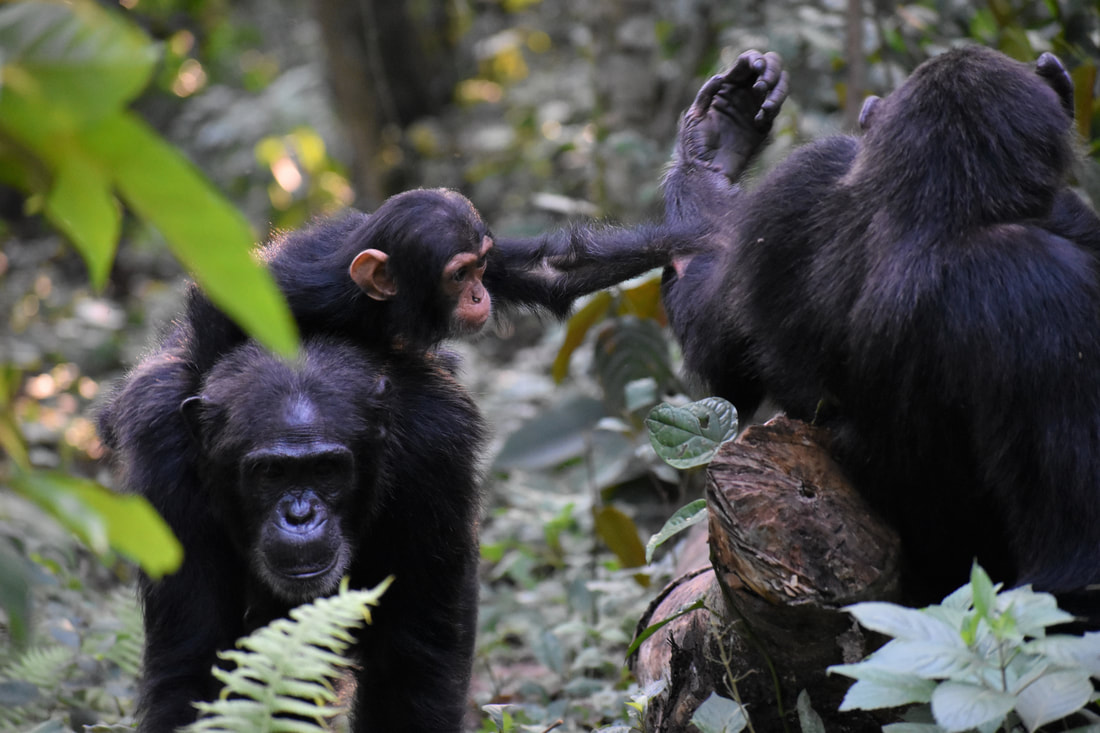 Now this is a party. After stuffing themselves each to the brim, each chimp came down one by one to recline on the ground, approach a friend, exchange some grooming, play with Tongo’s infant, Tangawizi, and generally relax. Somehow we had stepped out of the most disappointing type of early morning into the most rewarding mid-day! I mean honestly, to go from no suitable data chimps, to the best type of chimp viewing with my favorite chimps?! It was delightful! And we’re not even to the best part of the day yet.......to be continued
Spoiler alert: The take-home message of this post is in the title. Second spoiler: I wrote that sentence so that I would stop forgetting what the take-home message of this post was. A brief introduction:There are two pieces to my new series on my own concussion. Later, I’ll publish a longer, narrative piece about what I went through and am going through as I muddle my way through to getting better. This first bit is the shorter one. It started as a few quick tips and tricks to dealing with the symptoms of concussion, but it’s matured into a bit of a Self-Care Manifesto for two reasons. First, at the end of the day, you should always take good care of yourself whether or not you’ve had a mildly traumatic (it has not been *mildly* traumatic for me, btw) brain injury. Second, it is so easy to forget to take care of yourself. This is especially true in academia. But when something takes away your brain (aka your academic capital) and forces self-care on you as the only way to get it back, it feels like a pretty obvious sign that you should make a few permanent changes to your life and treat yourself better. Then I thought I might forget my own advice so I ought to write it down. Then I thought maybe it might help other people so I ought to share it. Then I thought that this list is probably comprised of all the things that other better, more successful academics than me already do and so they don’t need this list and people will be mad I wasted their time. Then I thought, that’s probably my concussion mood-swing and anxiety talking and screw it, it could help one person so let’s publish it. What's a concussion? Concussions happen when your head and/or body receive a traumatic blow or violent shake—basically when you hit something or something hits you with great force. The force causes your brain to bounce about or twist inside your skull. This, in turn, can cause damage to brain cells, lead to mild swelling (I disagree with this terminology given that it’s inside my head), and/or cause hormonal changes that generally wreak havoc on you until they’re sorted out. Most people associate concussions with high-impact sports like football, especially given recent revelations about the long-term and compounding effect of multiple concussions. However, they also happen in other contexts like car crashes or slipping on the winter ice and falling. The important points to remember are that anyone can get a concussion and that you don’t even have to hit your head directly or lose consciousness to have suffered one. The handy little infographic below outlines the constellation of symptoms associated with concussions. Each of these may be present or absent, either immediately or after a delay, may range from mild to severe, and may resolve themselves quickly or slowly and not necessarily in concordance with one another. Delightful, isn't it? I’ll be more honest about my symptoms and how badly this has been going for me in my next installment. At this point in time, things are still too frustratingly fresh to disentangle and describe accurately or precisely. Let’s just say that all of the things that one might need in their mental dissertating tool-kit like laser-like focused concentration, cohesive intractable logic, a top-notch command of written-language communication tools, and the ability so stare deeply into your lap-top for hours on end… can disappear like you never developed them in the first place. And so, if you’re like me, you might find that very frustrating… like collapse into a pile of tears frustrating… but I’ve found some incredibly helpful guiding principles and been working on organizing them. Here are those thoughts before they disaparate.... How Dissertate Through Concussion: |
Step 3: time to take a break and think through the odds.
We stopped. Caught our breath. Listened as several sets of calls rang out. One from about 50-60m through vegetation behind us and three at varying degrees of far away east. It was becoming clear that these were tiny foraging parties. They spread out across a long valley as full to the brim with dense herbaceous vegetation as it is sparse with big, fruiting trees. We still hadn’t seen a single one of them since we left Big Brown and Co. Not an ideal situation.
But they all seem to be heading in the same general direction. That piece, we can work with. We took the most-preferred chimp path from our location traveling with the chimps, as our own tiny party. As we went we moved slowly by slowly, our eyes pouring over each inch of leaf litter, mud, and dirt for clues.
A knuckle print!
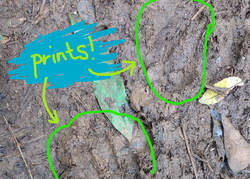
To be continued…
I have no idea how it suddenly turned into September. It just all happened so fast!
Honestly, it’s just that every time I sit down to write, I can’t figure out where and how to start. Just like every other season the last one started off feeling never ending, insurmountable even. It dragged on forever, a never ending loop of wake up at 6am, stagger into the forest at first light, follow the chimps, go home and eat and enter data and sleep, repeat.
And then, I was so pleasantly surprised by the most amazing summer. You might not even believe it if you weren’t there. By mid-July, the entire community had ranged and fed and played and groomed together every day for so many weeks that a first-year graduate student out for their first summer finally turned to me to ask, “So, fission-fusion, is it really how chimps work or just one of those things you read about all the time but it’s not reality…?” You can’t believe the fairy tale wonderland of June and July. And it lasted forever!
Until it stopped. And they all broke apart again like they were never all together in the first place. Like the magical fairy tale wonderland never happened- like they’d deny it ever could. And that was, of course, magical in its own right. Something about the wonder of witnessing a thing that no one else might ever see and knowing that it might never happen again. Feeling like maybe the chimps knew it too, like they were looking at us telling us not to get our hopes up because it can’t last forever.
And then when it finally really did end, it came too quickly and not soon enough in the realest most complicated kind of way: equal parts dark and light; and happy and sad; and beautiful and tragic in some sort of not-quite-Shakespearean poeticism. And I’m still working through the mechanics of how to write about it in a way that does all the sides justice.
I have a few bits and pieces that are nearly ready. I want to be as honest as I can about how I experienced the last few months. They were so amazing and so hard and so terribly, terribly beautiful. The balance is nearly right. They’ll be coming along just as soon as they’re polished… so stay tuned.
Kris Sabbi
This blog is a forum share my personal experiences as a field researcher and traveler.
These words are my own and do not reflect the views of any of my affiliates or any granting agency.
Categories
All
Current Science
Field Feelings
Manifesto
Naledi
Op-Ed
Paleoanthropology
Photo Ops
Portraits
Reader's Questions
Silly Chimp Pics
Story
Blog Archives
June 2022
March 2022
September 2018
July 2018
June 2018
January 2018
December 2017
September 2017
August 2017
June 2017
May 2017
March 2017
January 2017
December 2016
November 2016
July 2016
June 2016
May 2016
March 2016
February 2016
January 2016
October 2015
September 2015
August 2015
July 2015
June 2015
May 2015
April 2015
March 2015
February 2015
By Category
All
Current Science
Field Feelings
Manifesto
Naledi
Op-Ed
Paleoanthropology
Photo Ops
Portraits
Reader's Questions
Silly Chimp Pics
Story
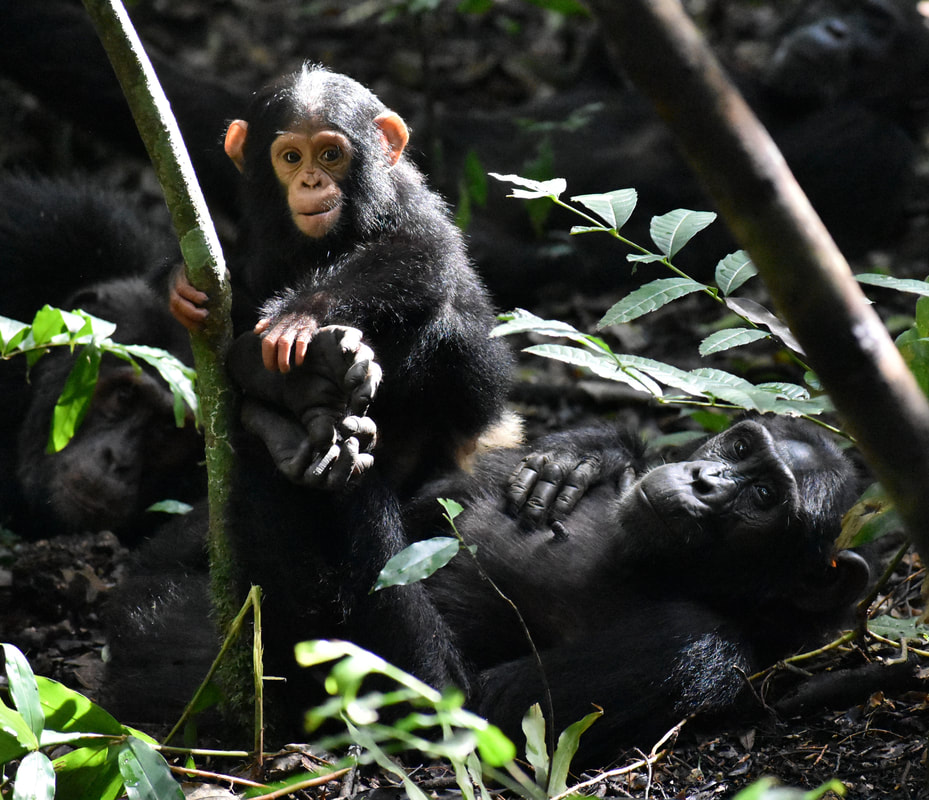
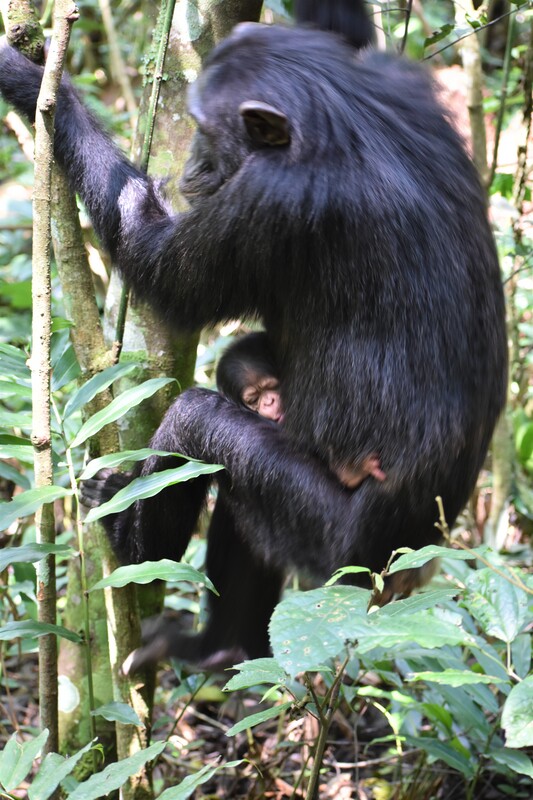
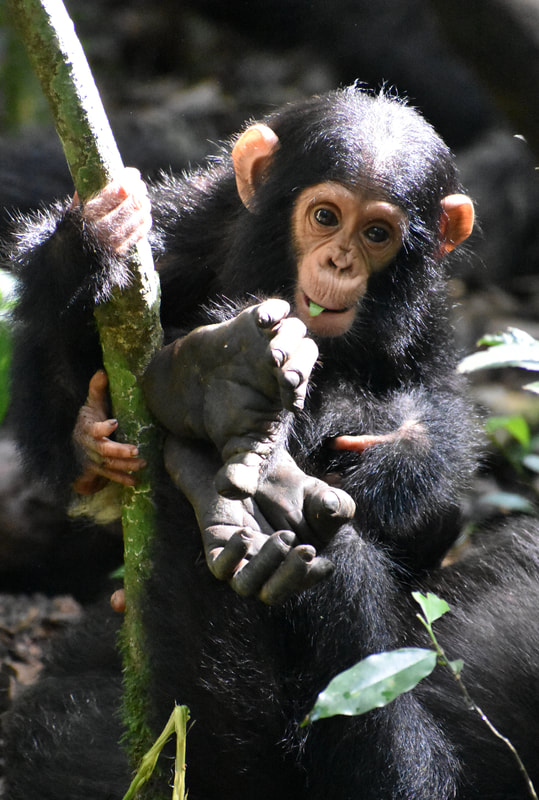
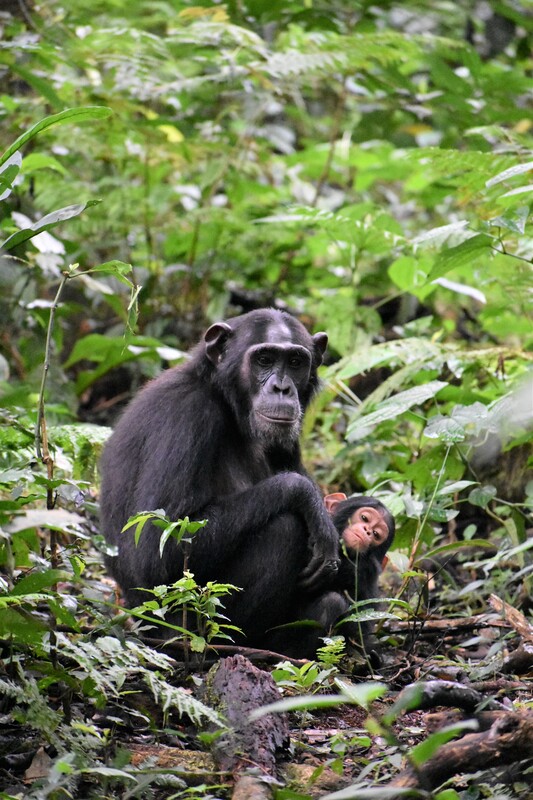
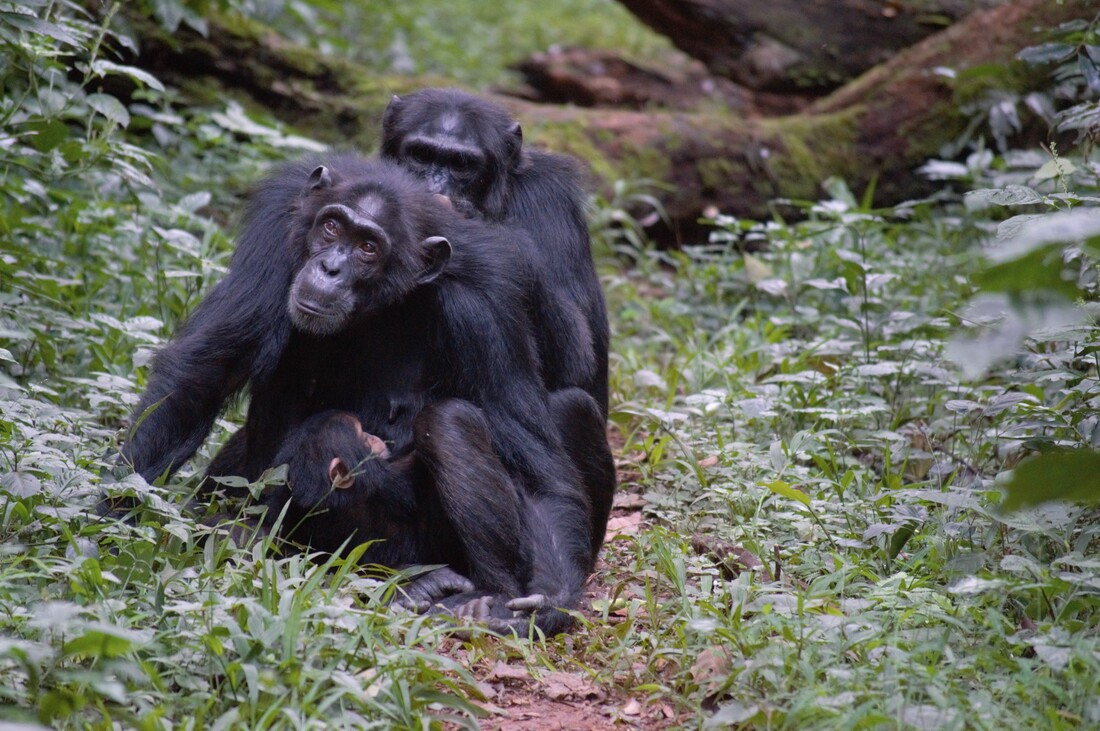
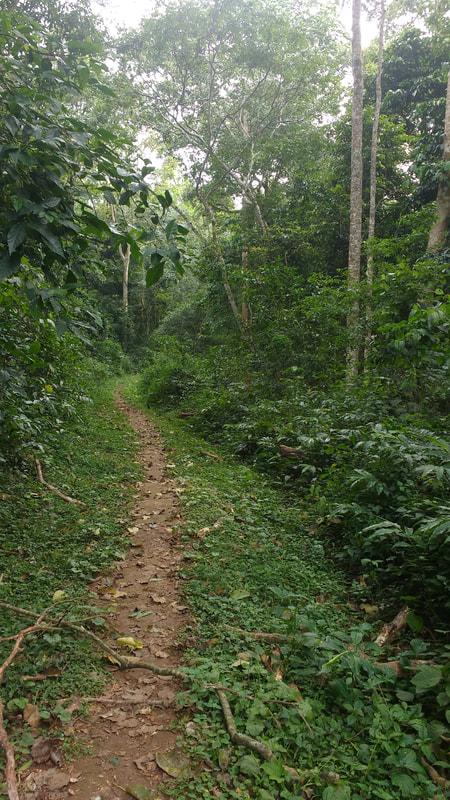
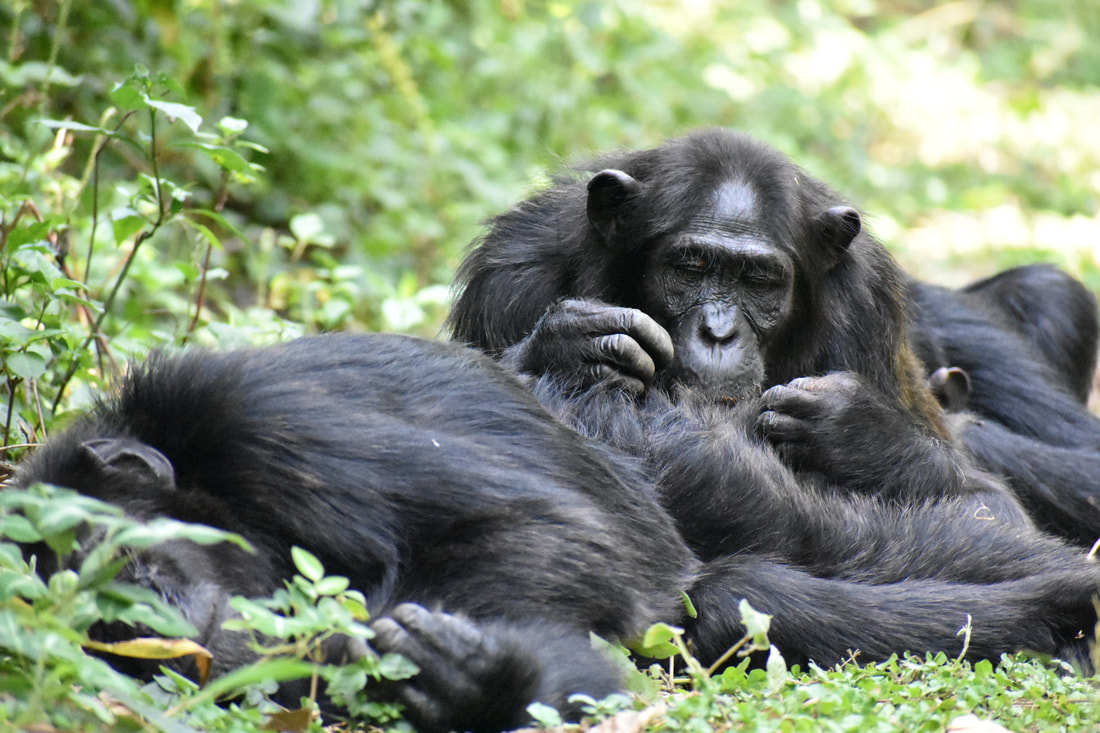
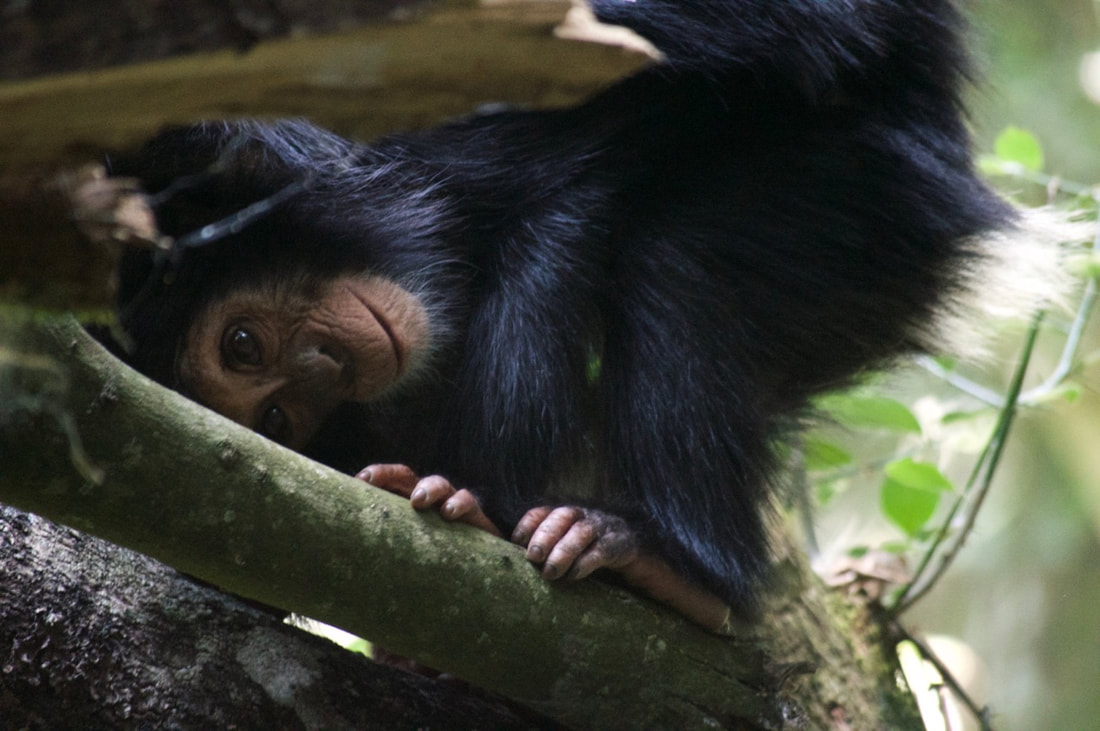

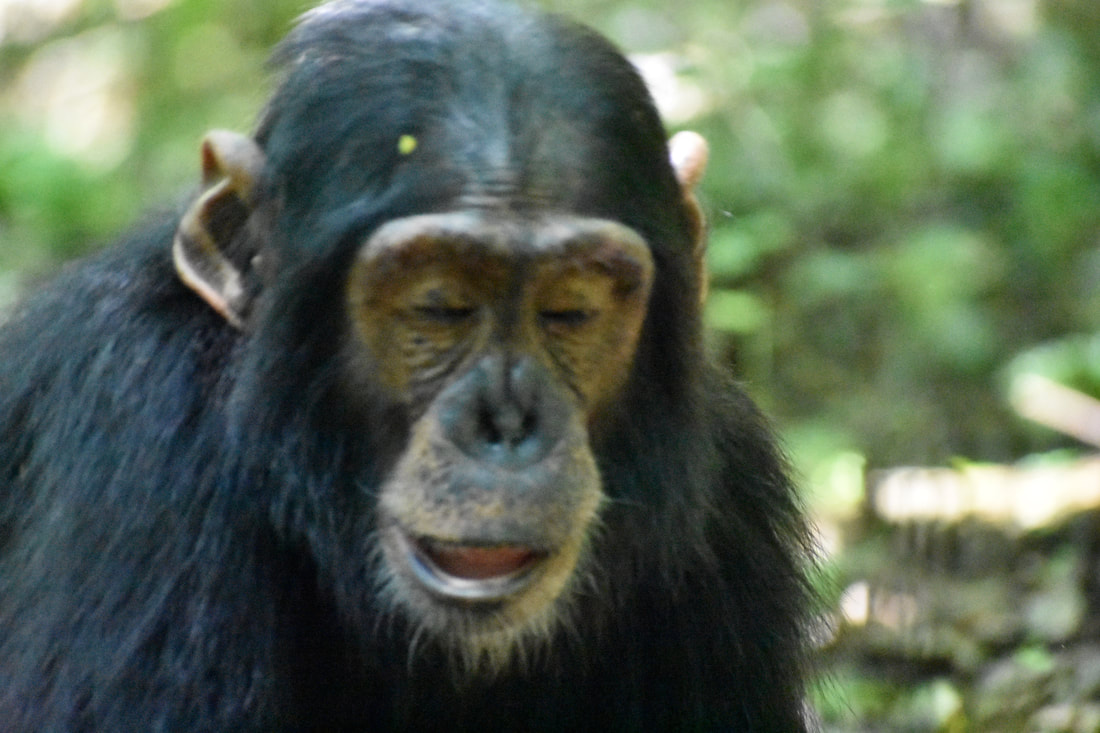
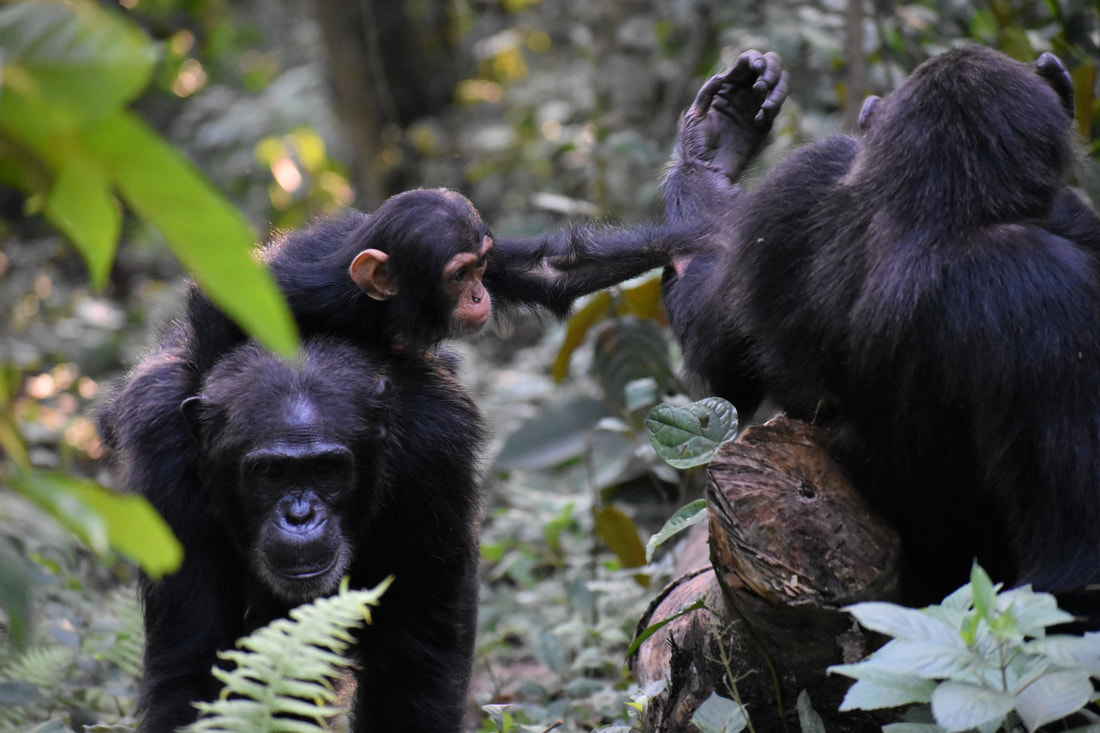
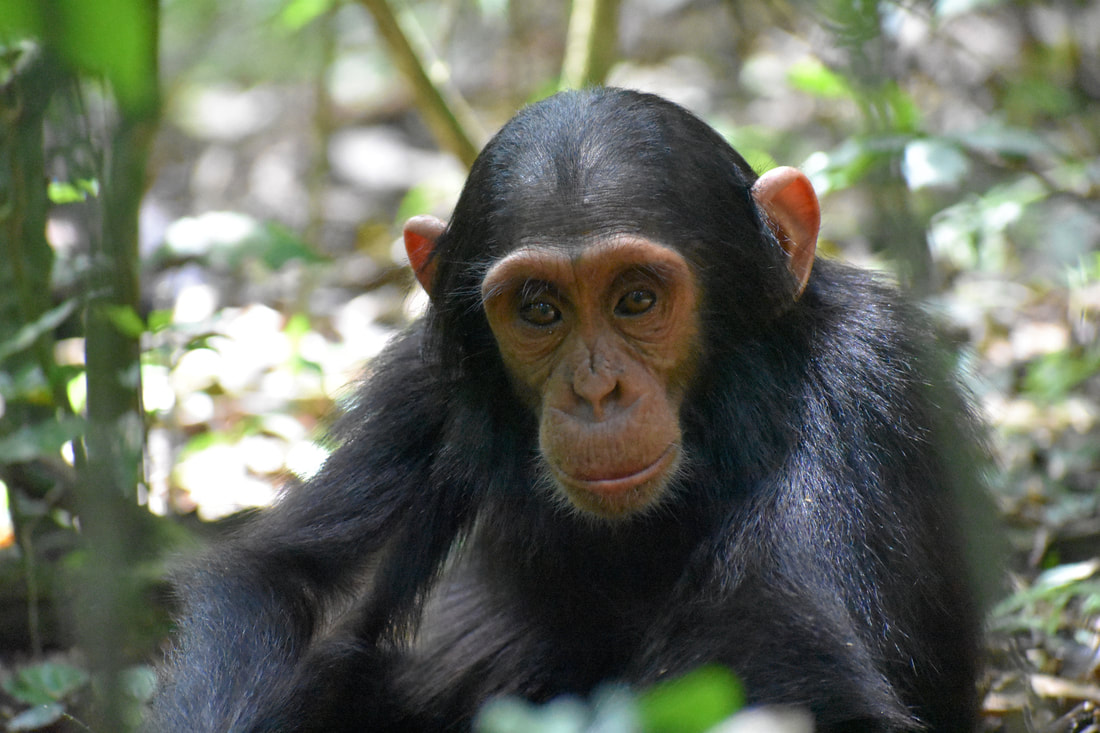
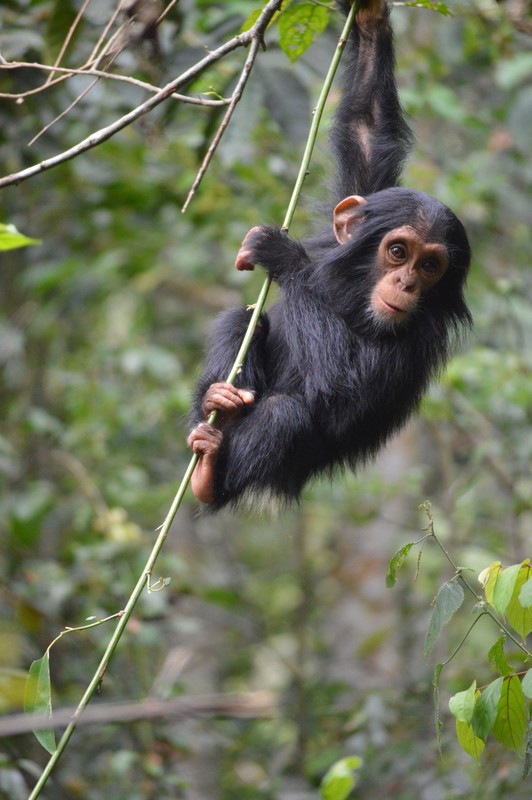
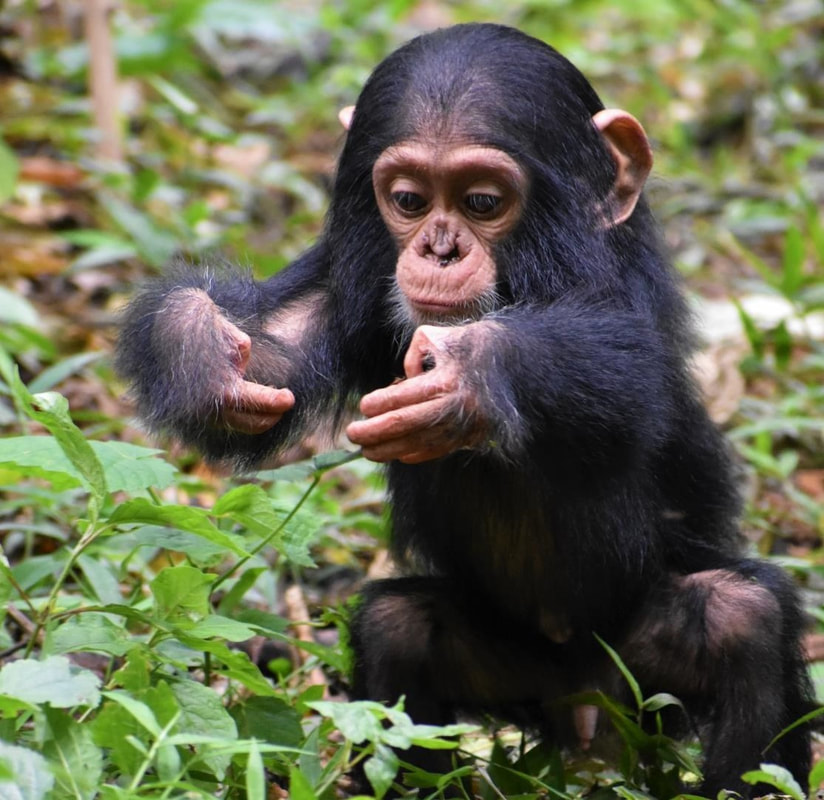
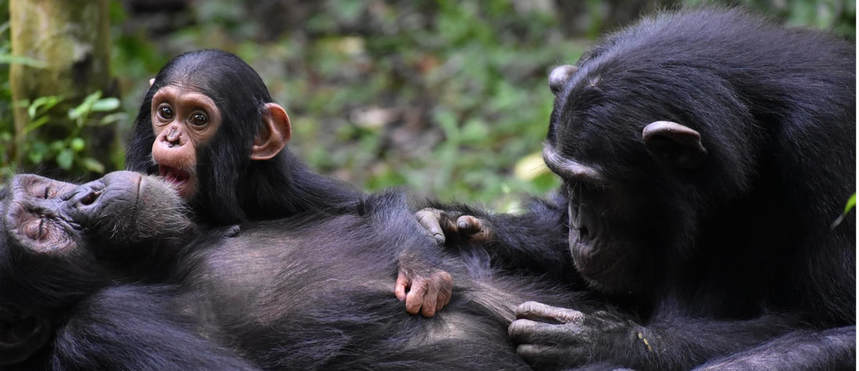
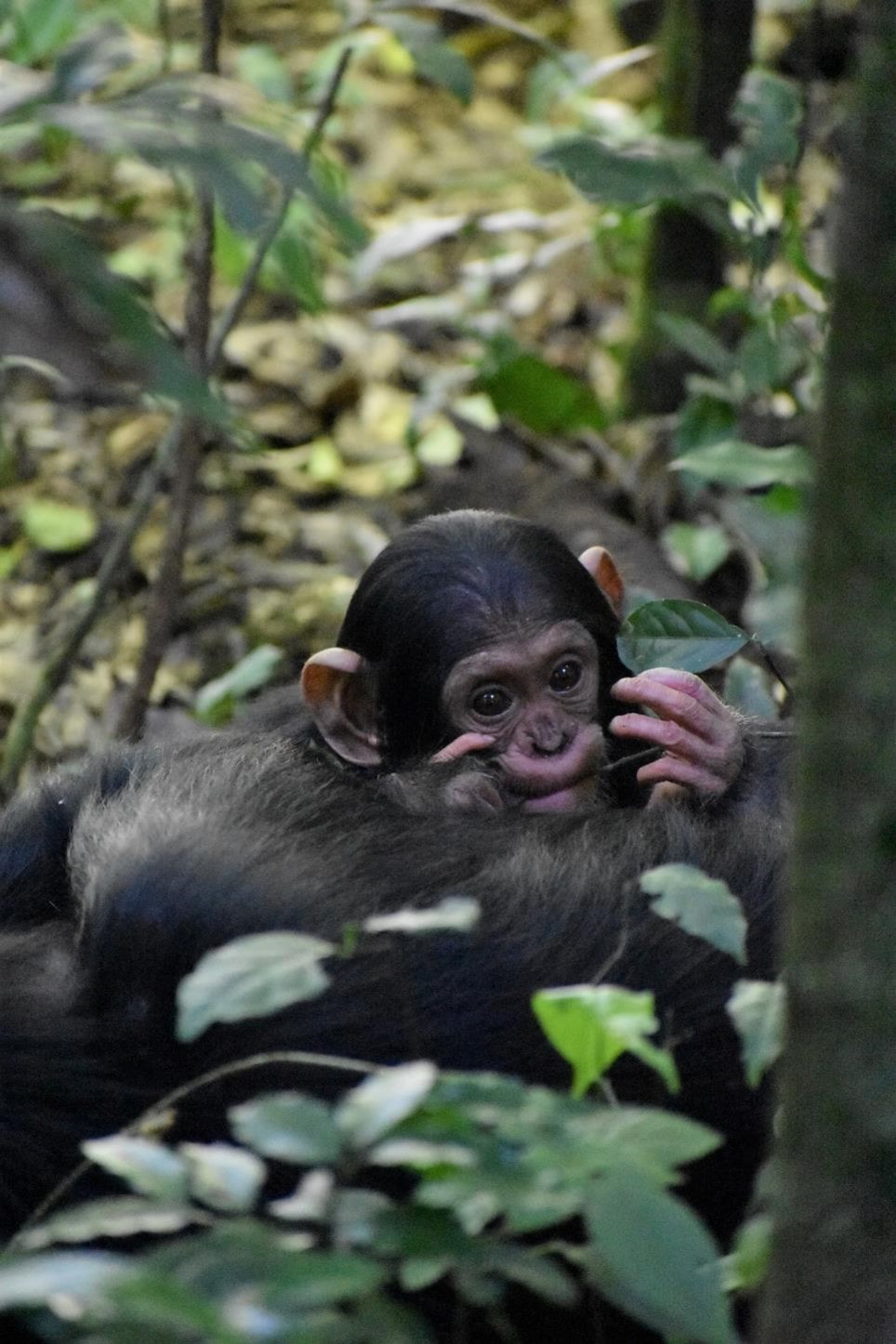
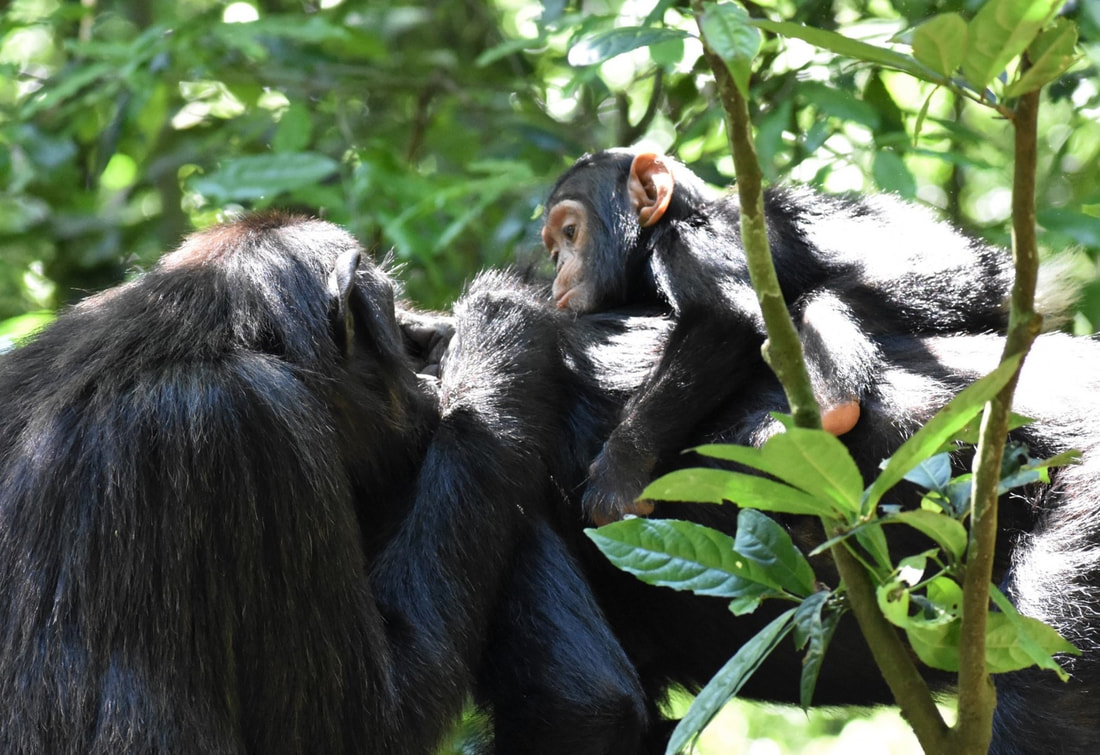
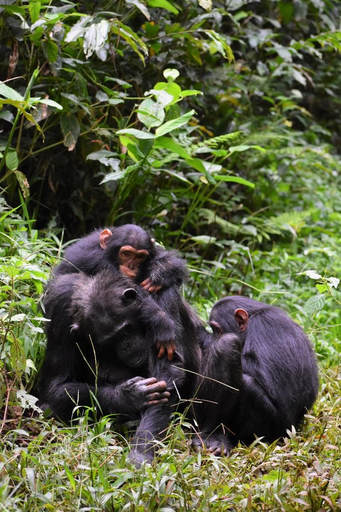
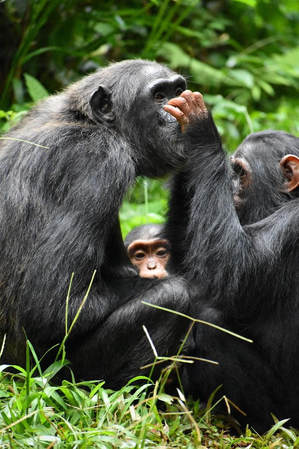
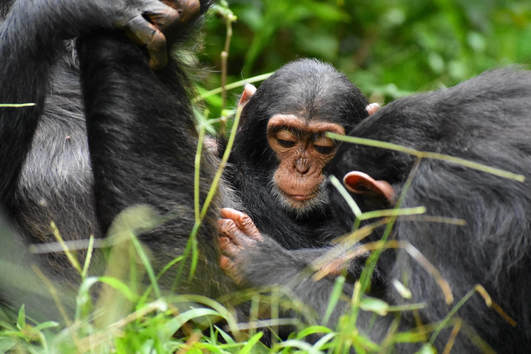
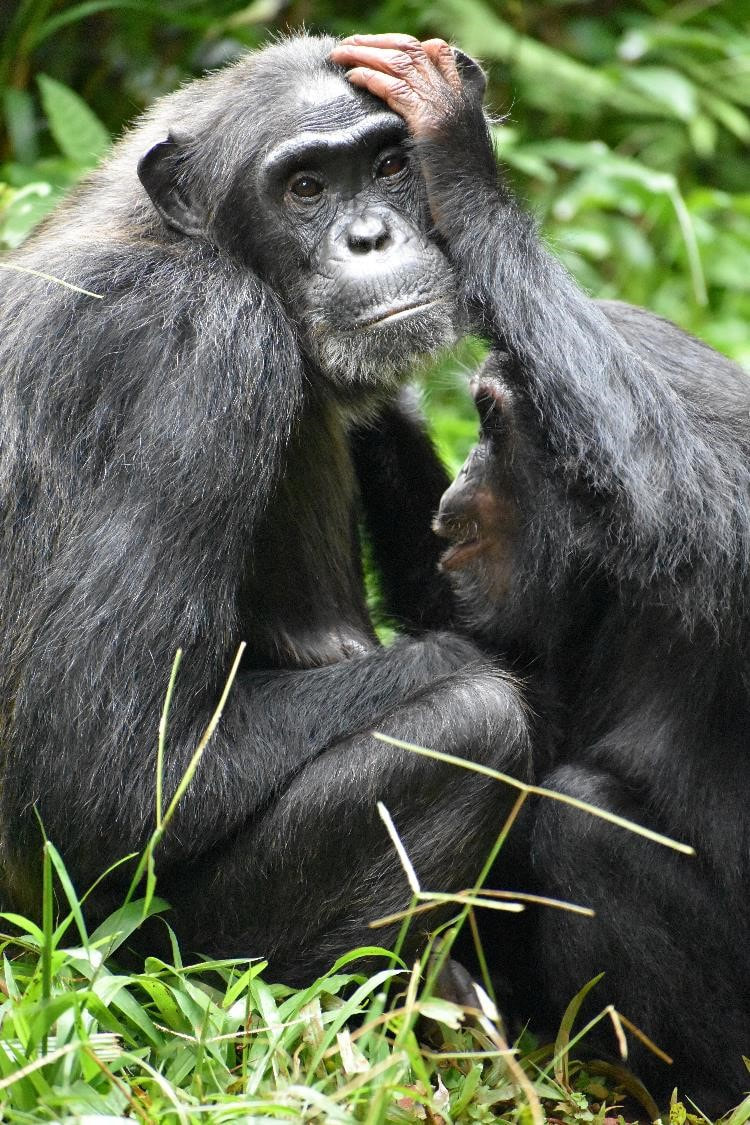
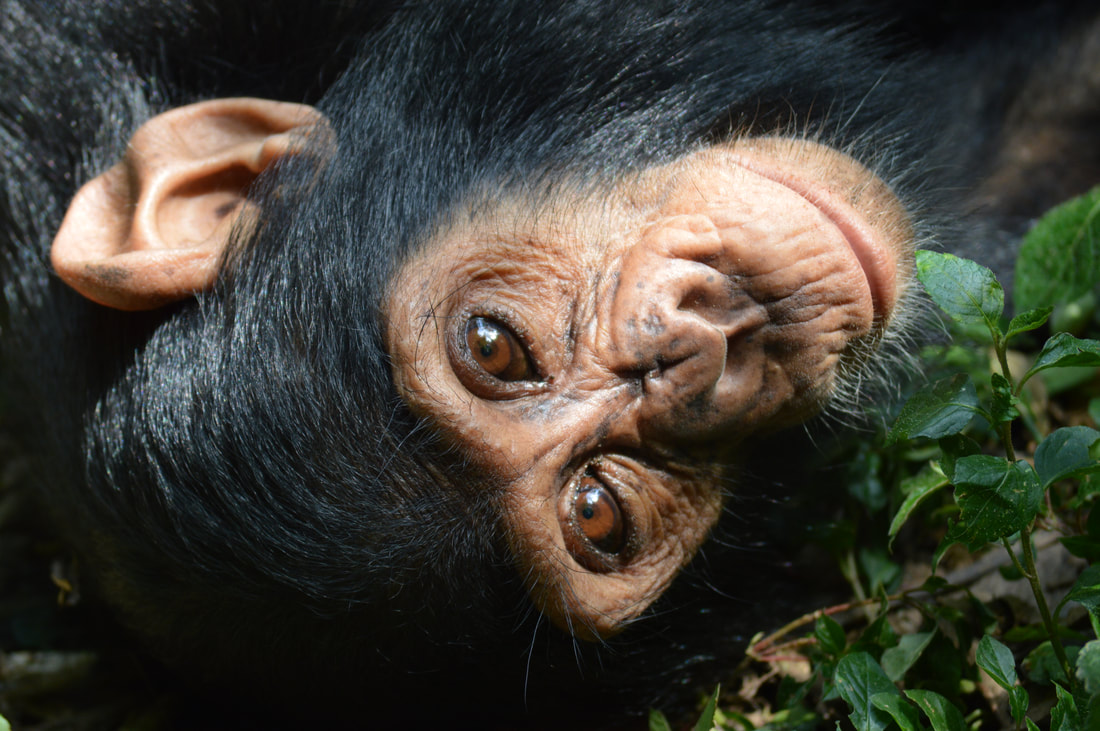
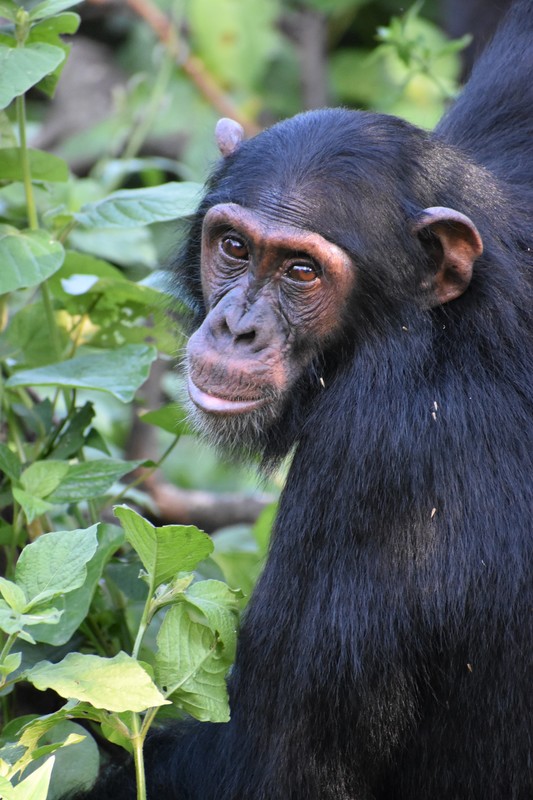
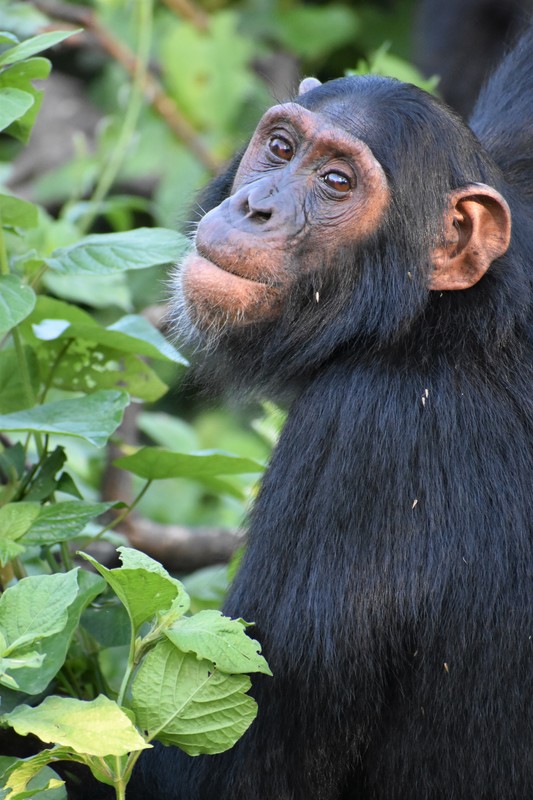
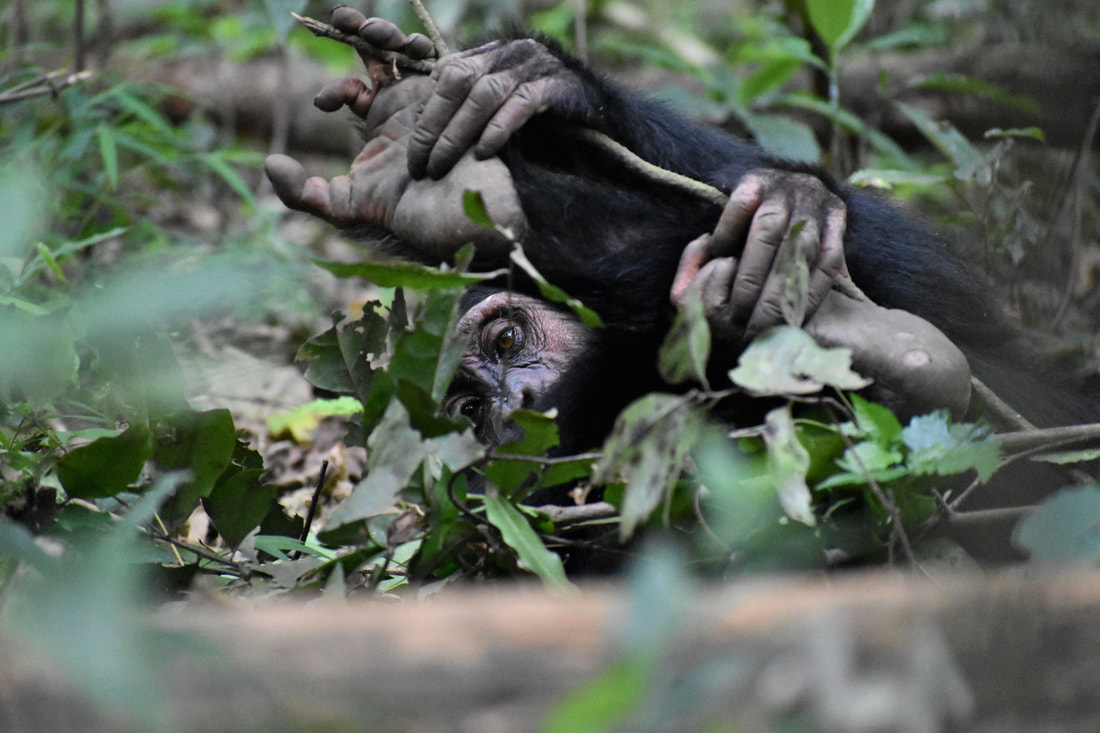
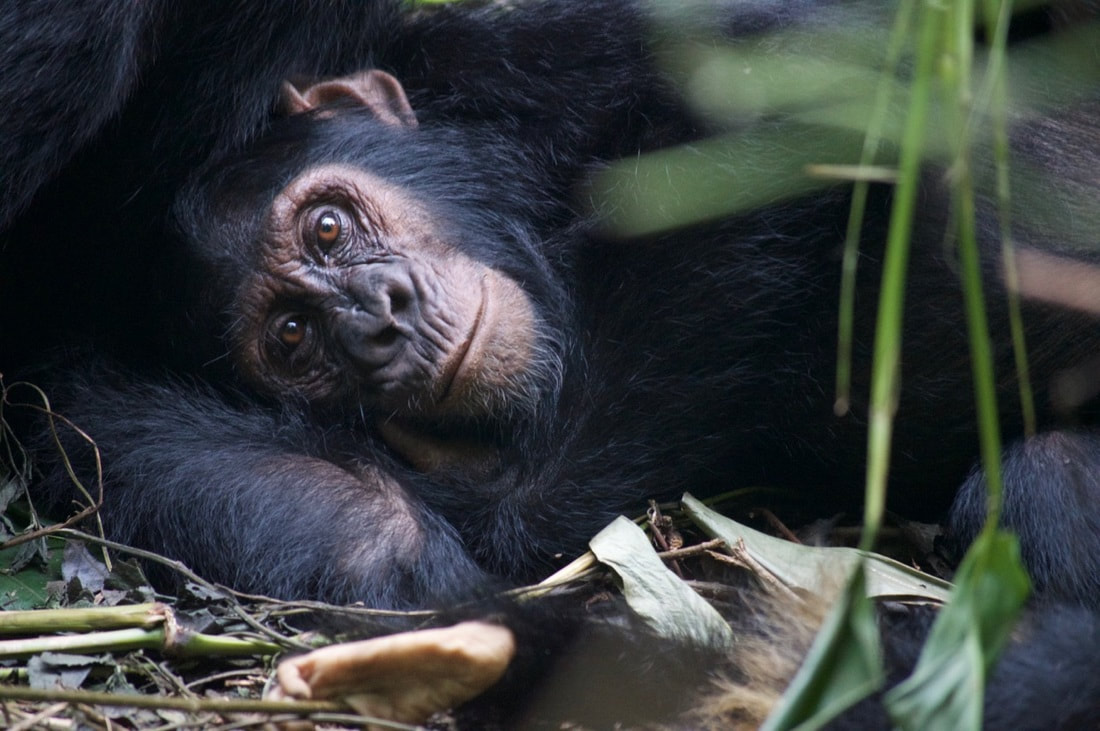
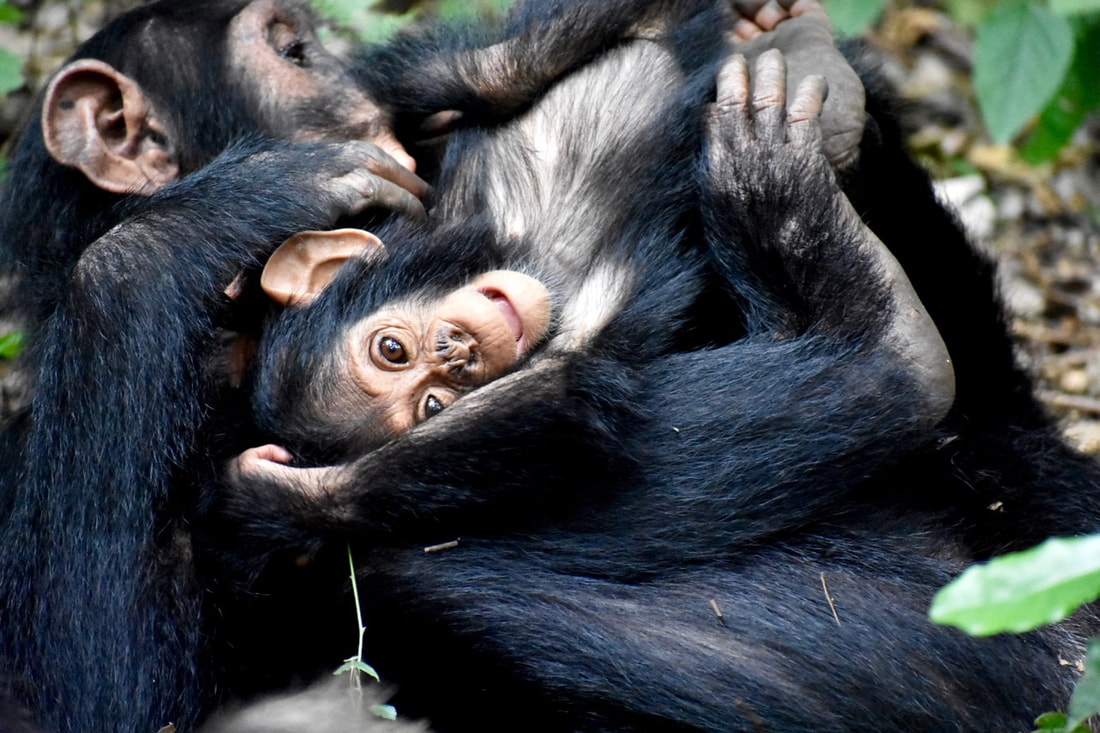
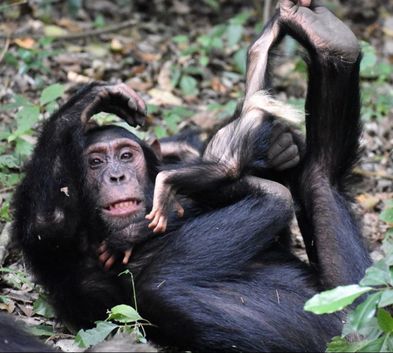
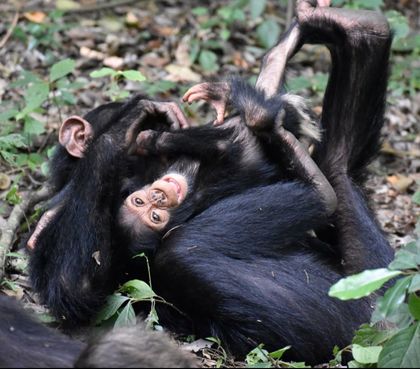
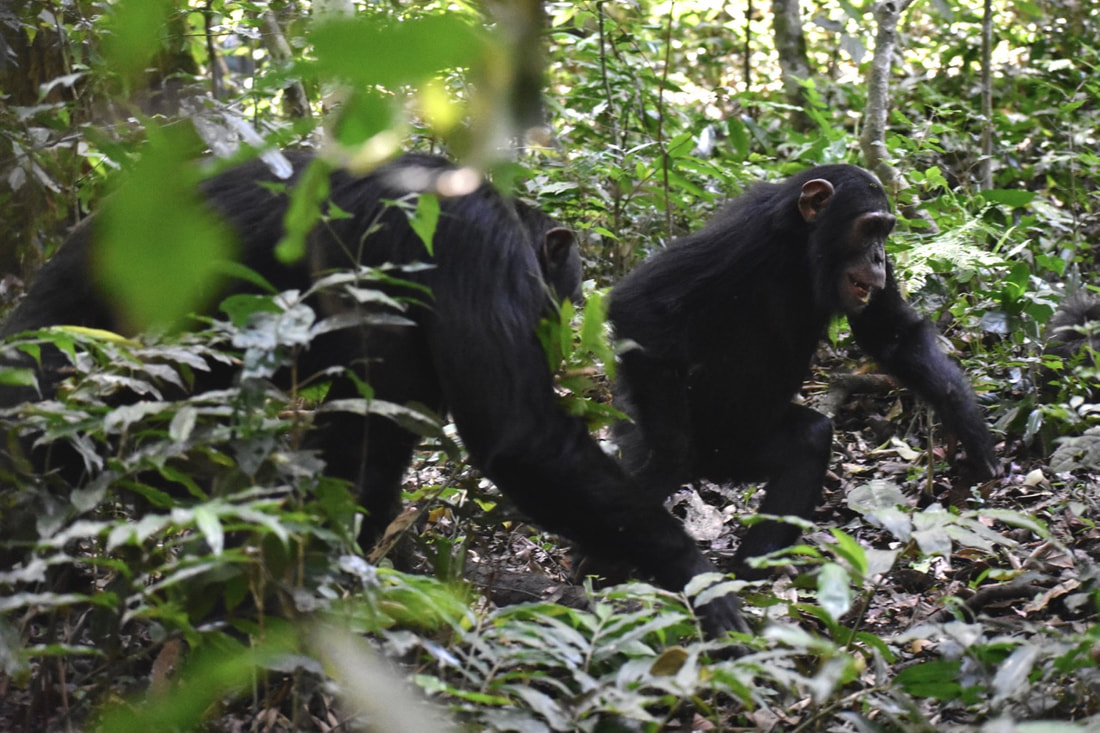
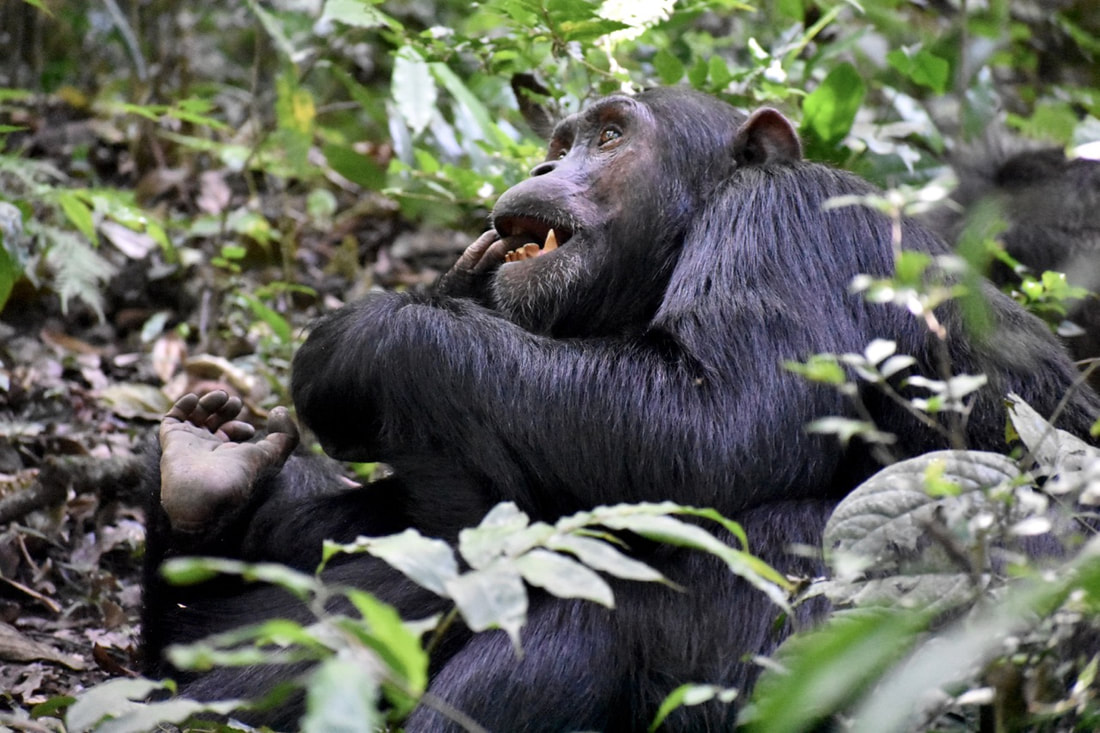
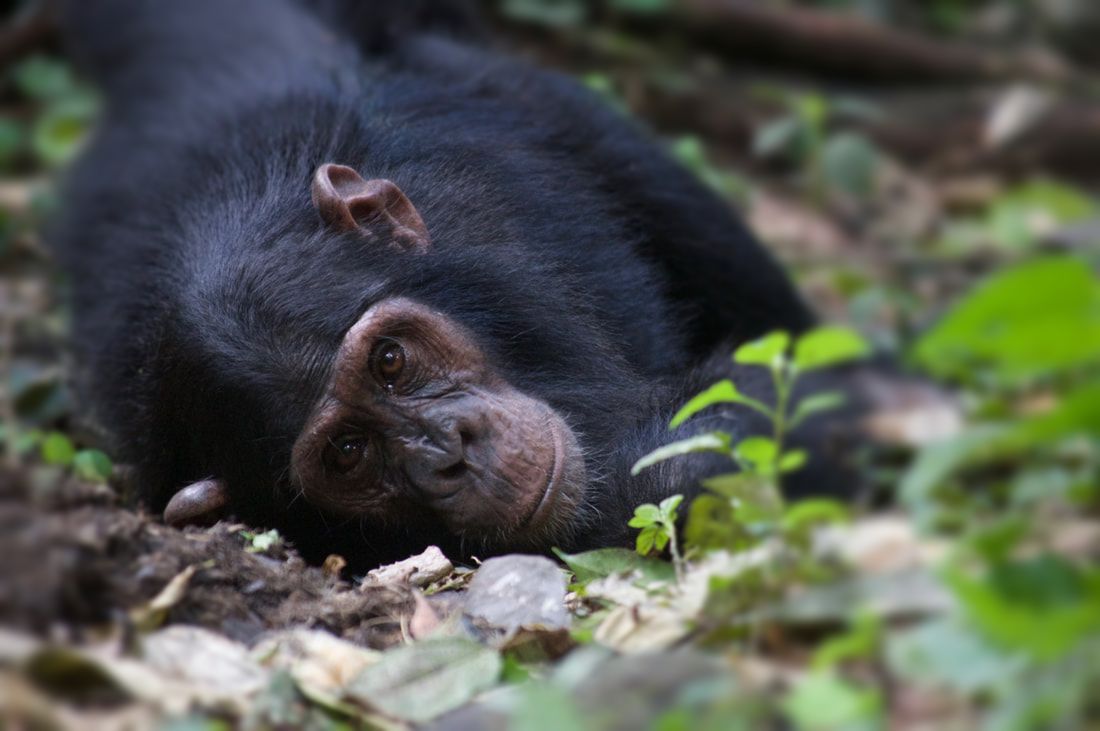
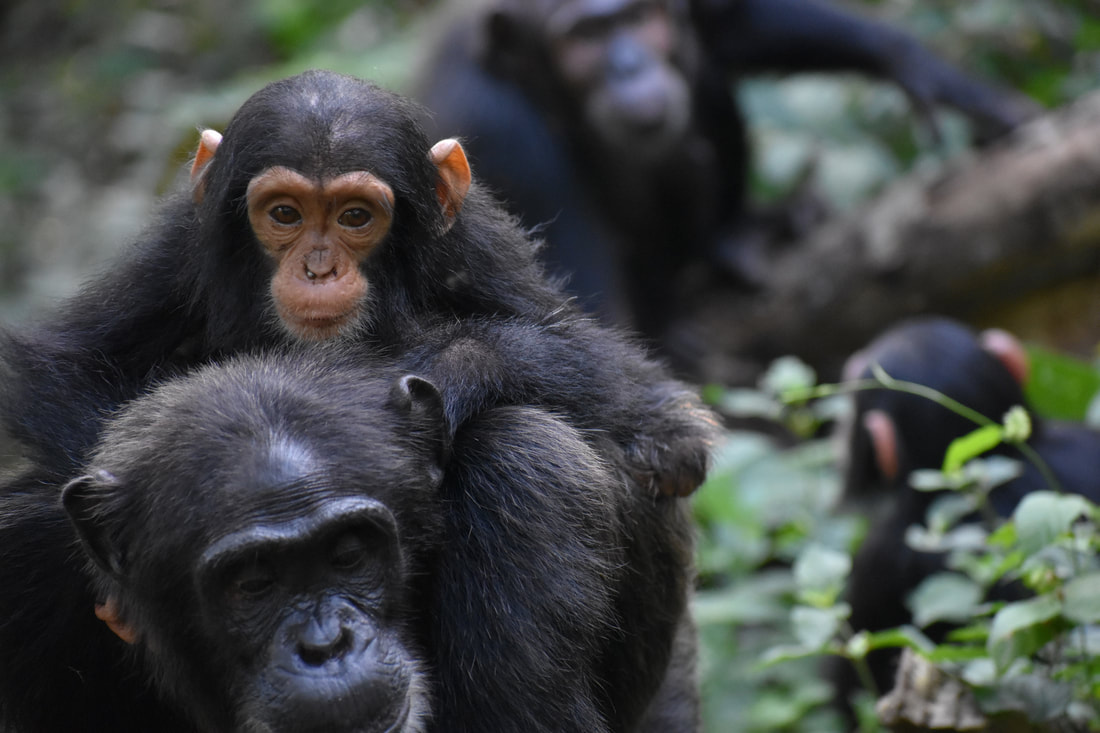
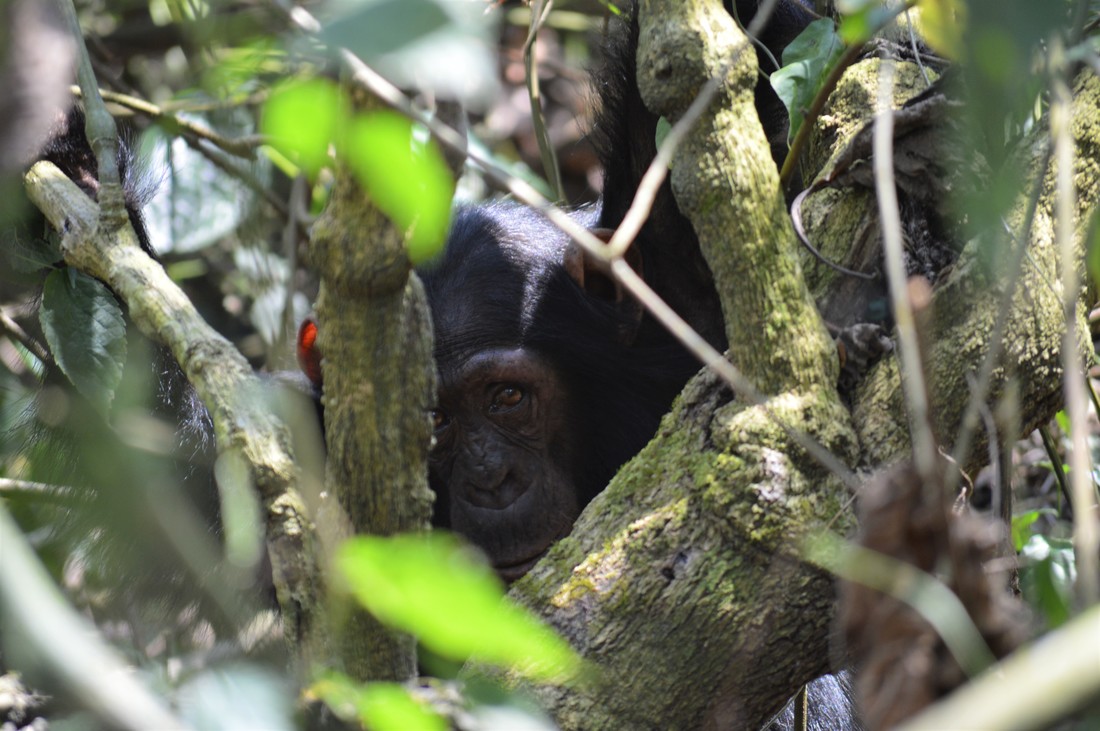
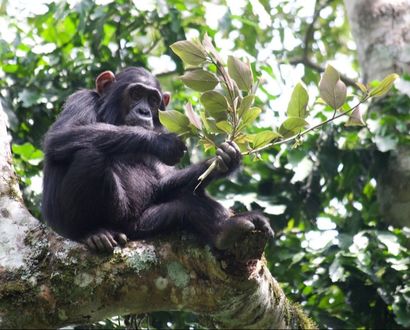
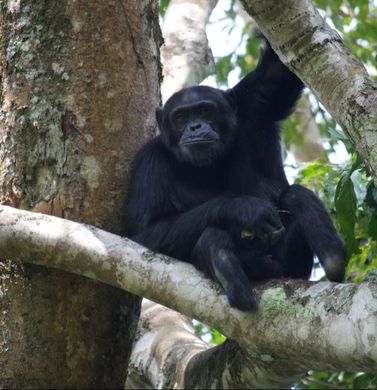
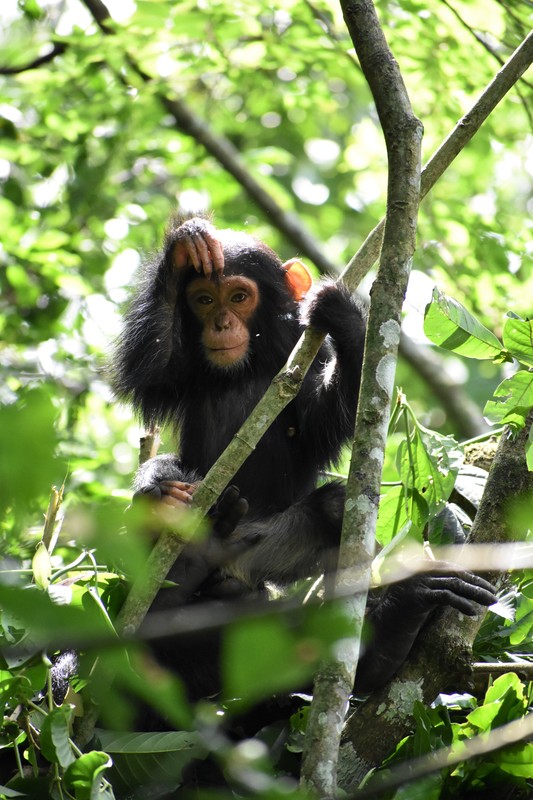
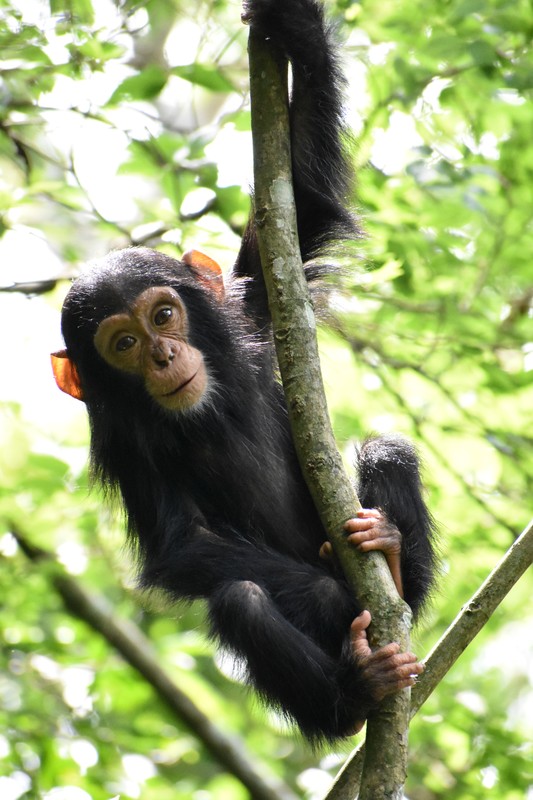
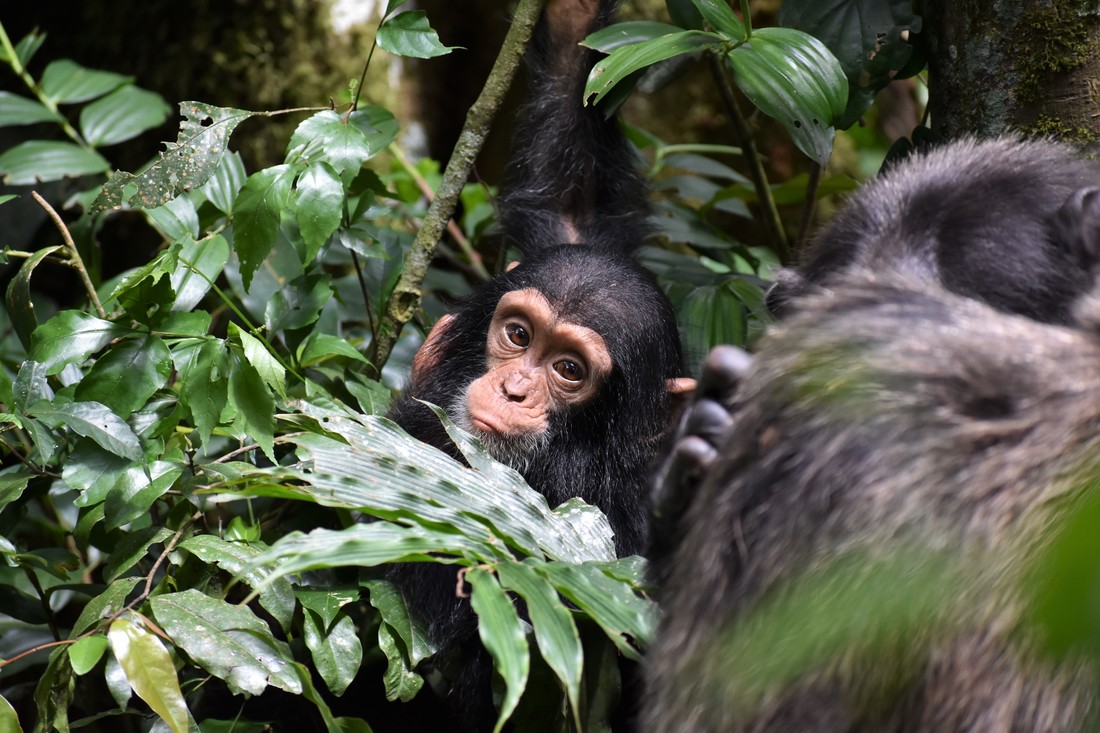
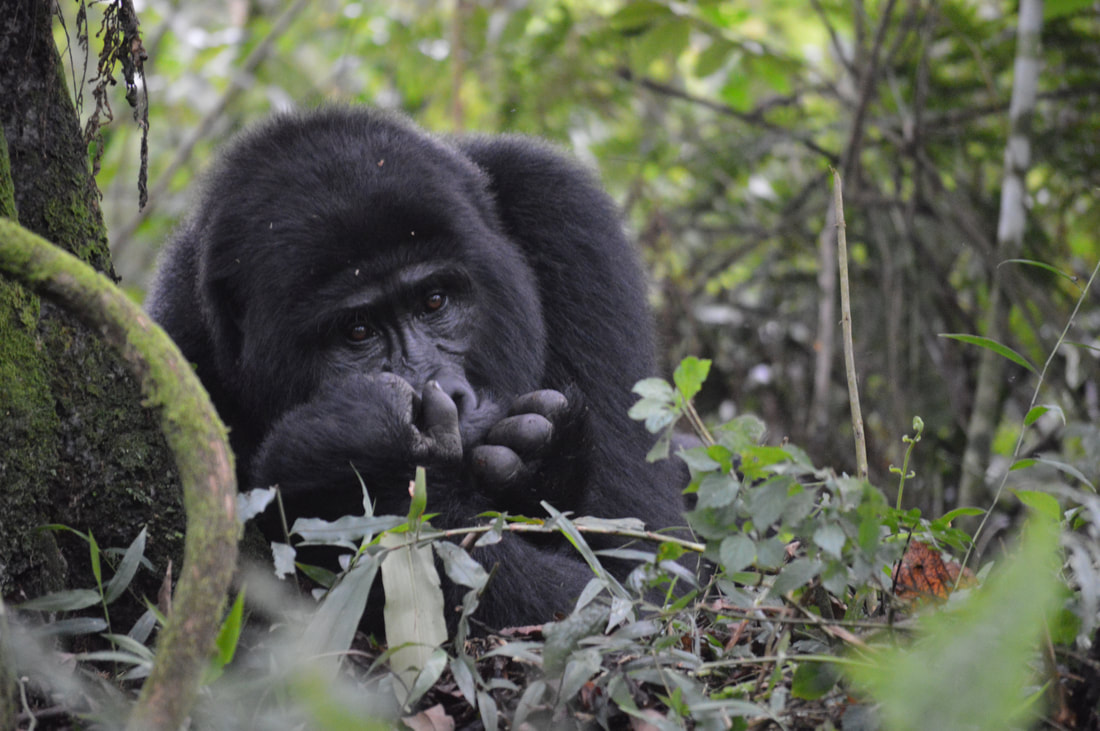
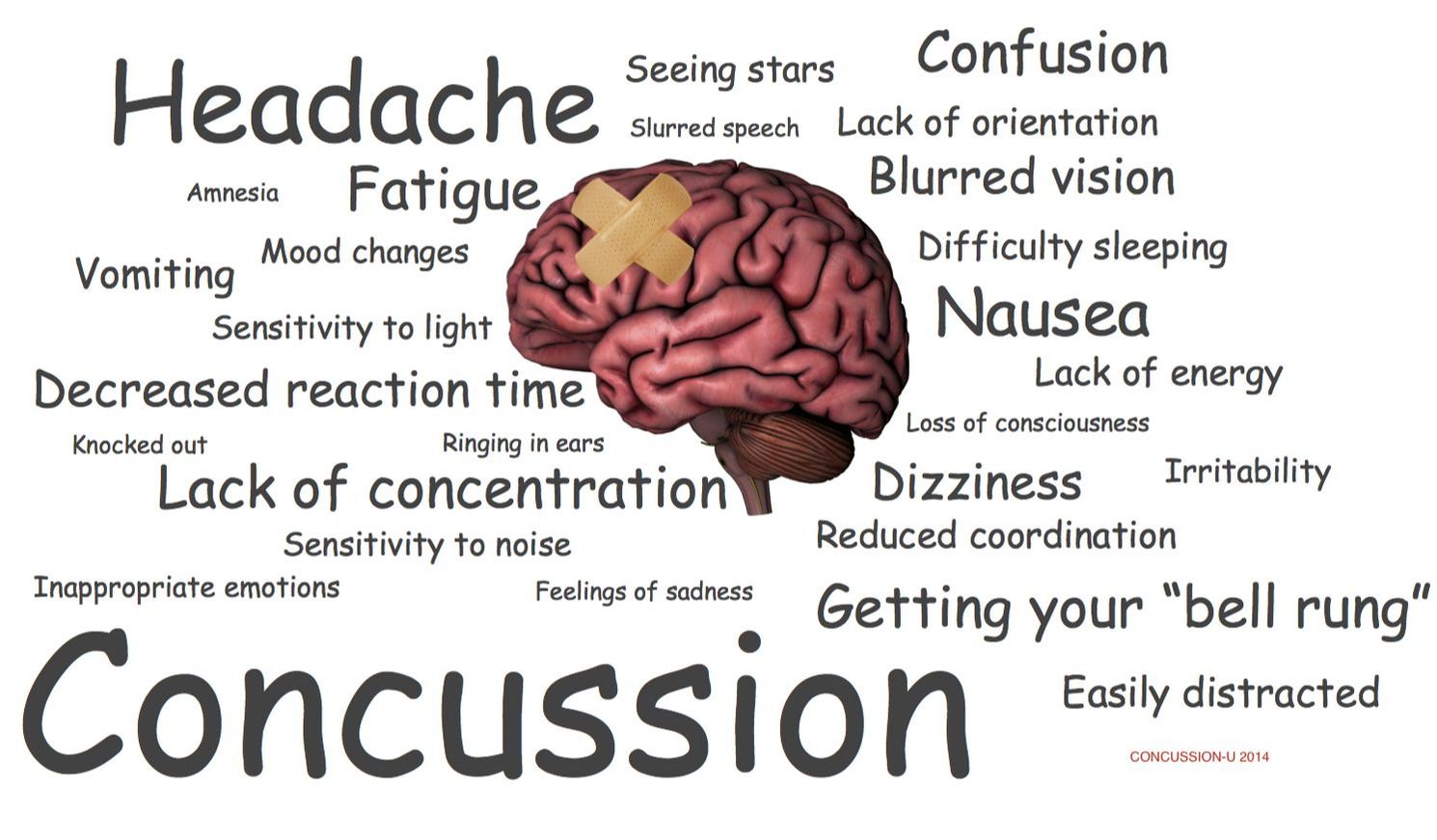
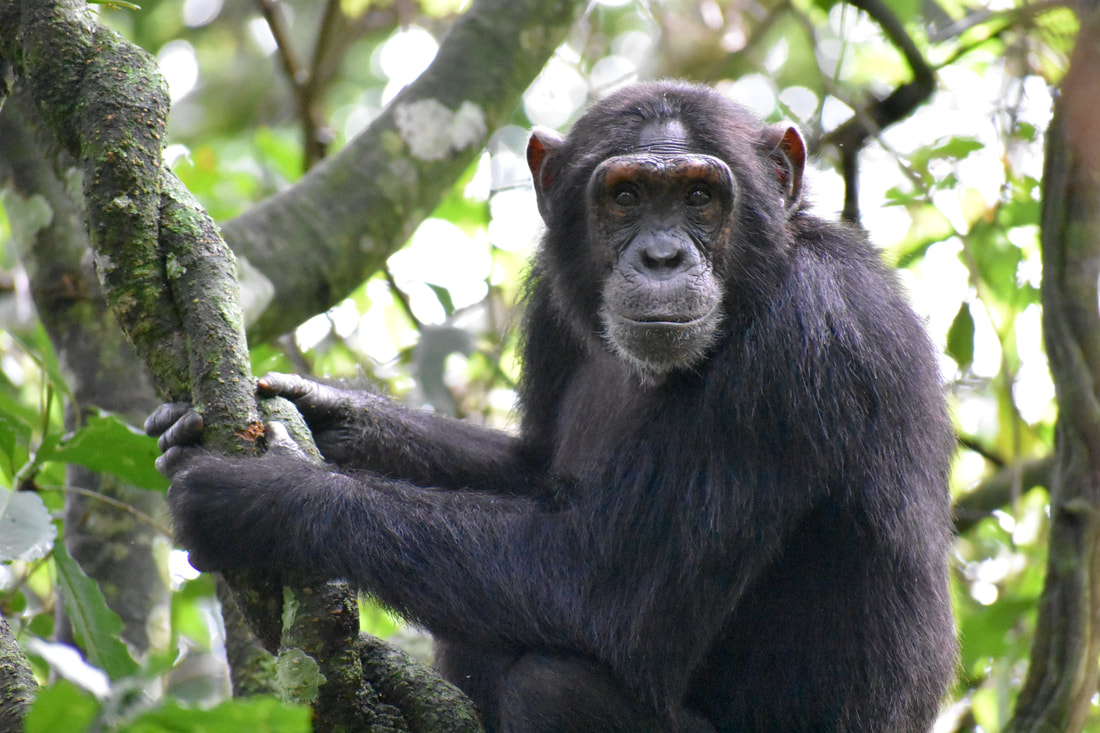
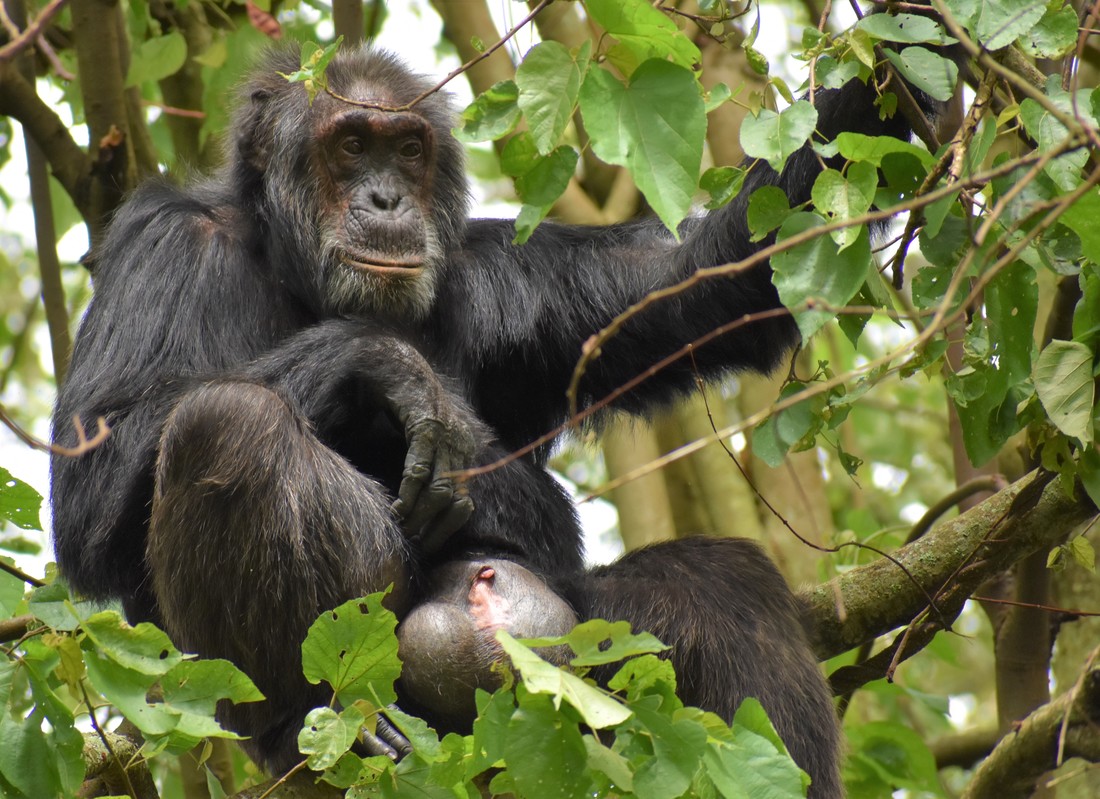
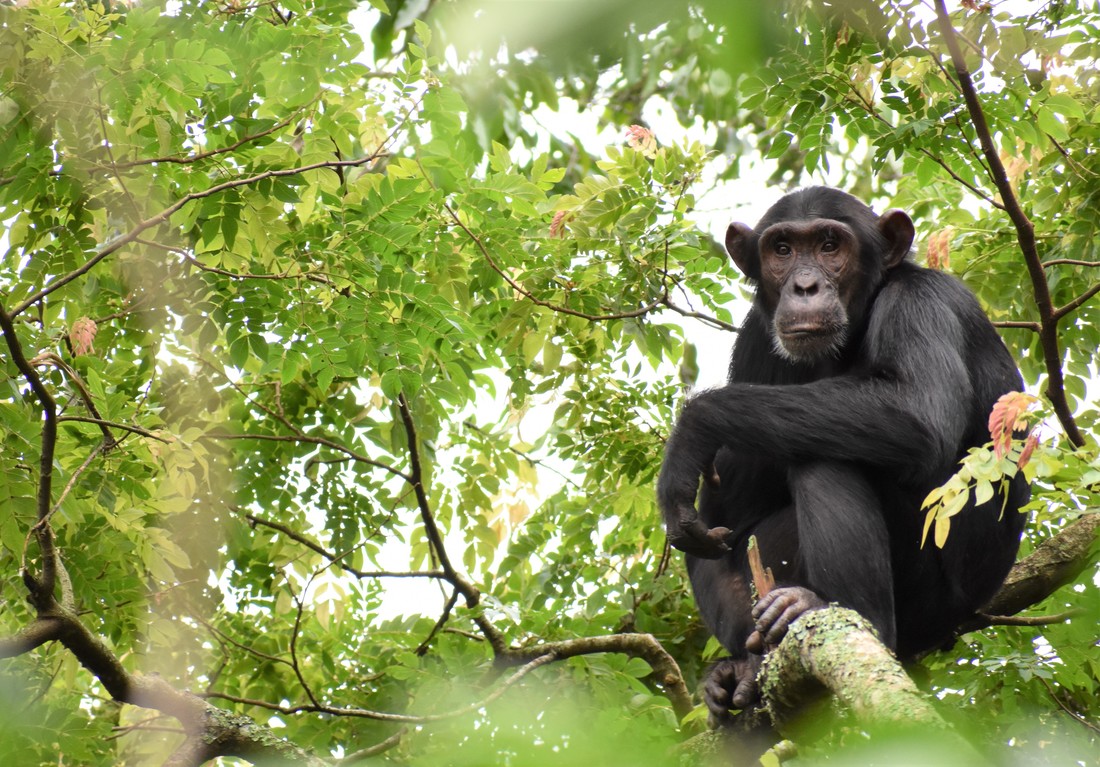
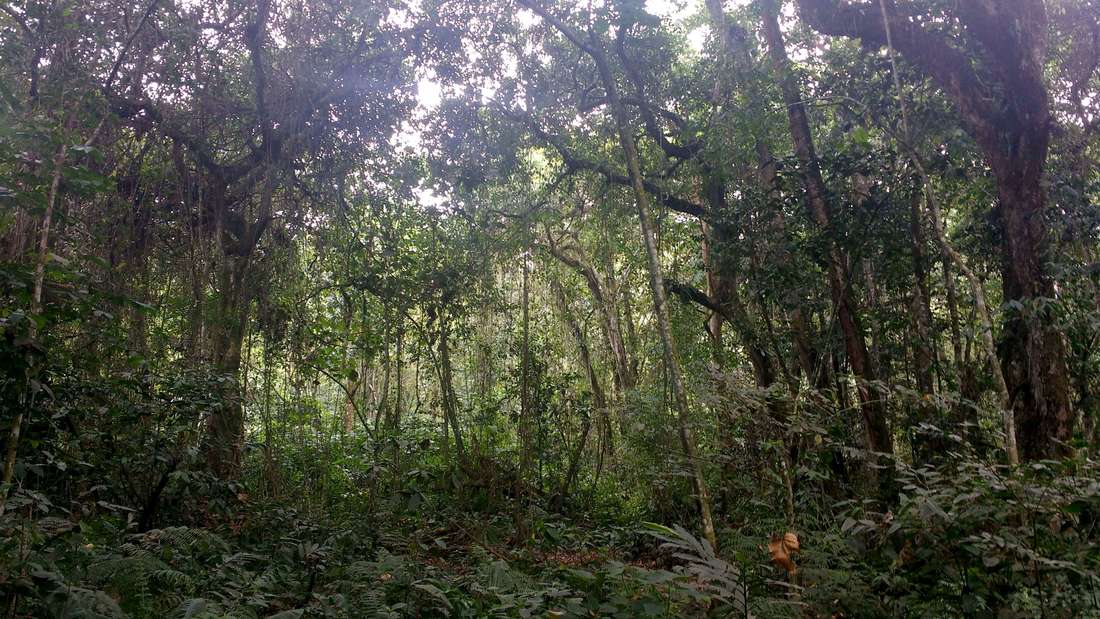
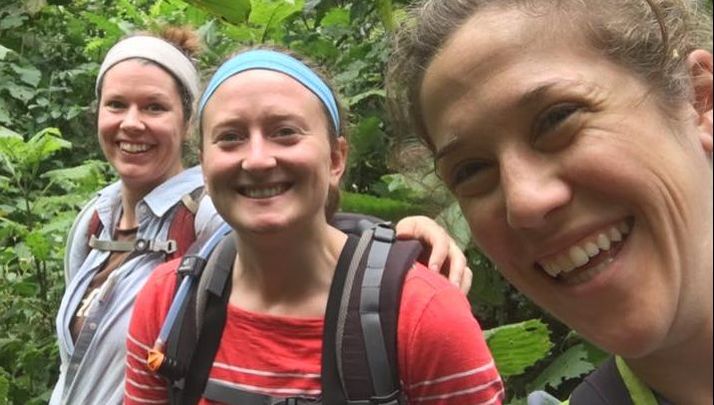
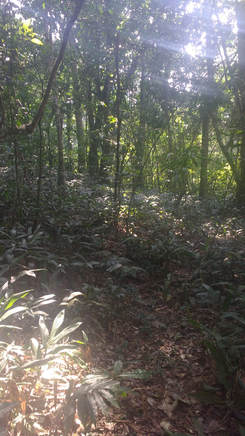
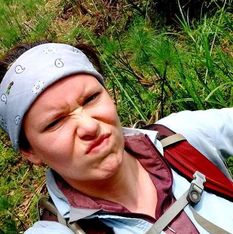
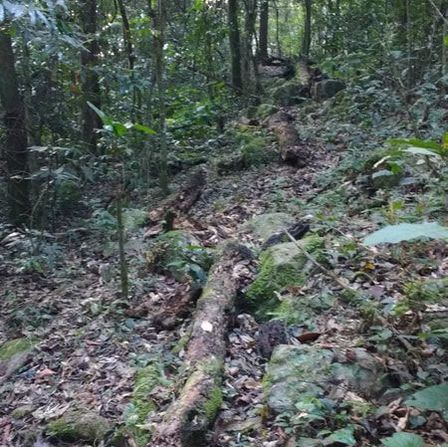
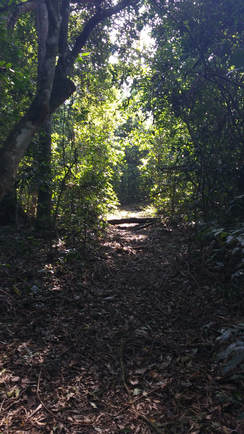
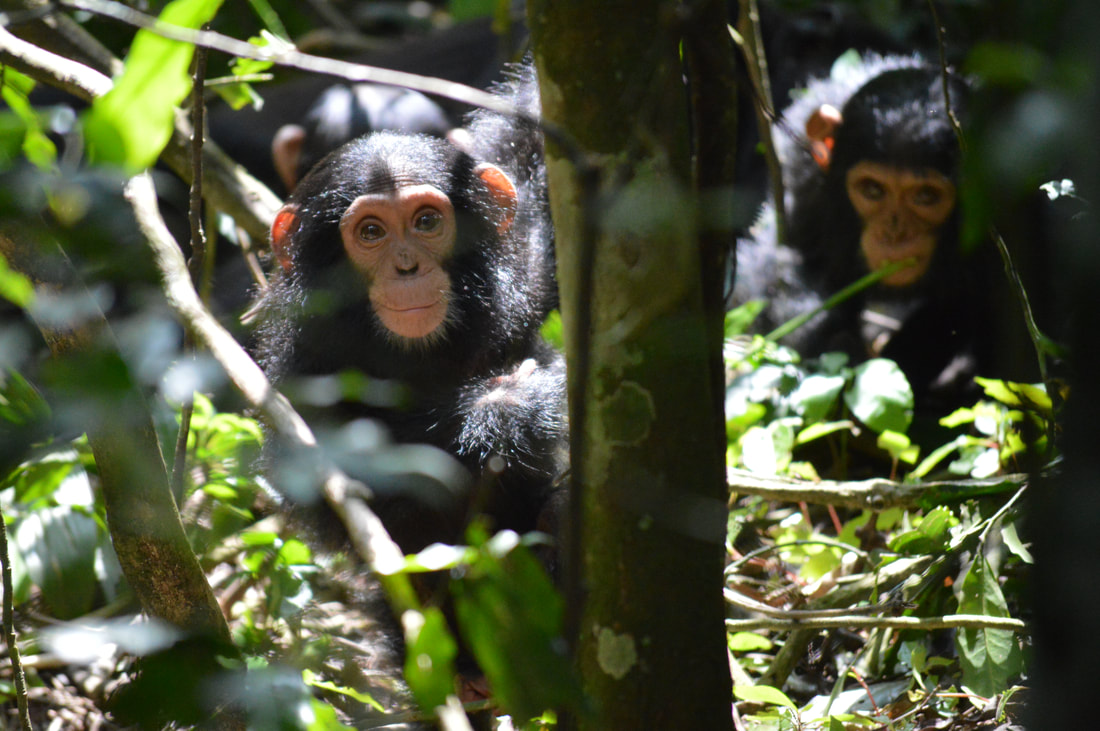
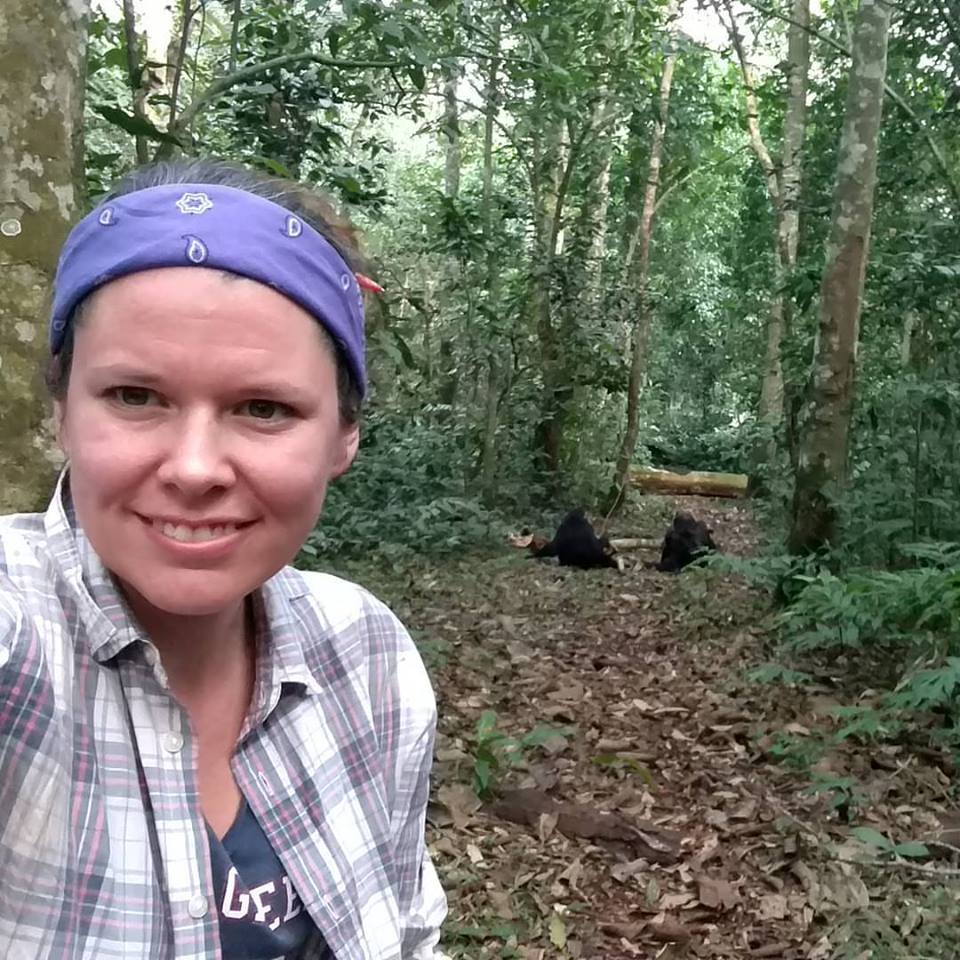
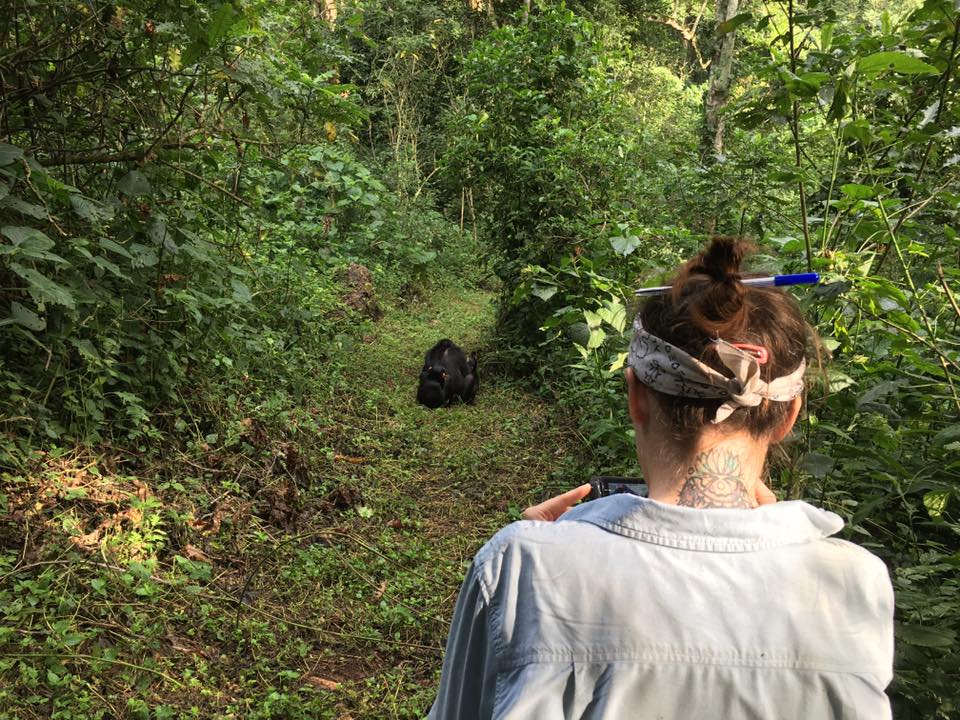
 RSS Feed
RSS Feed
